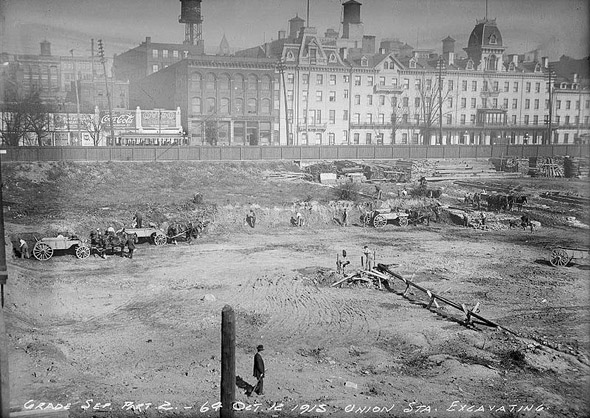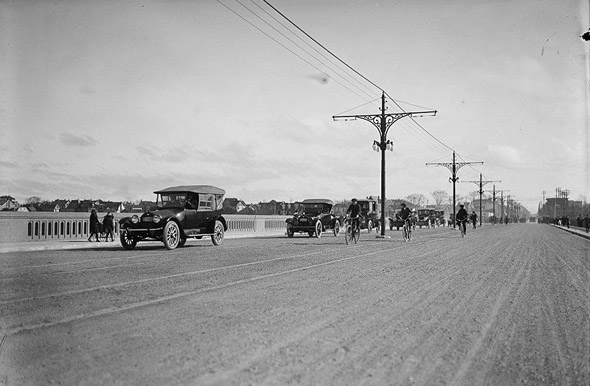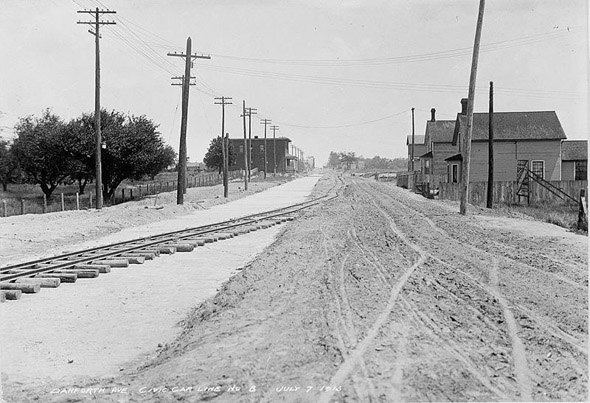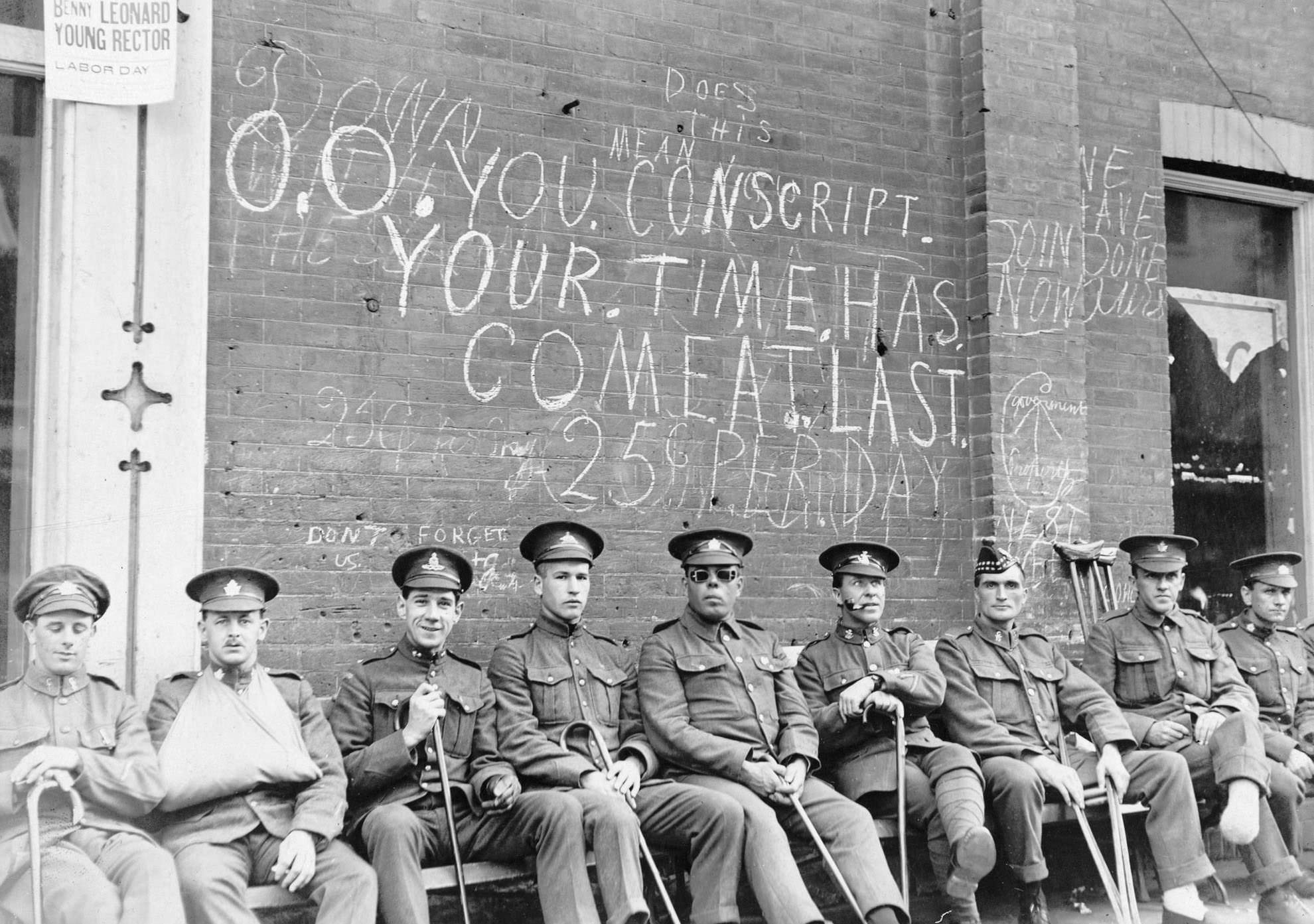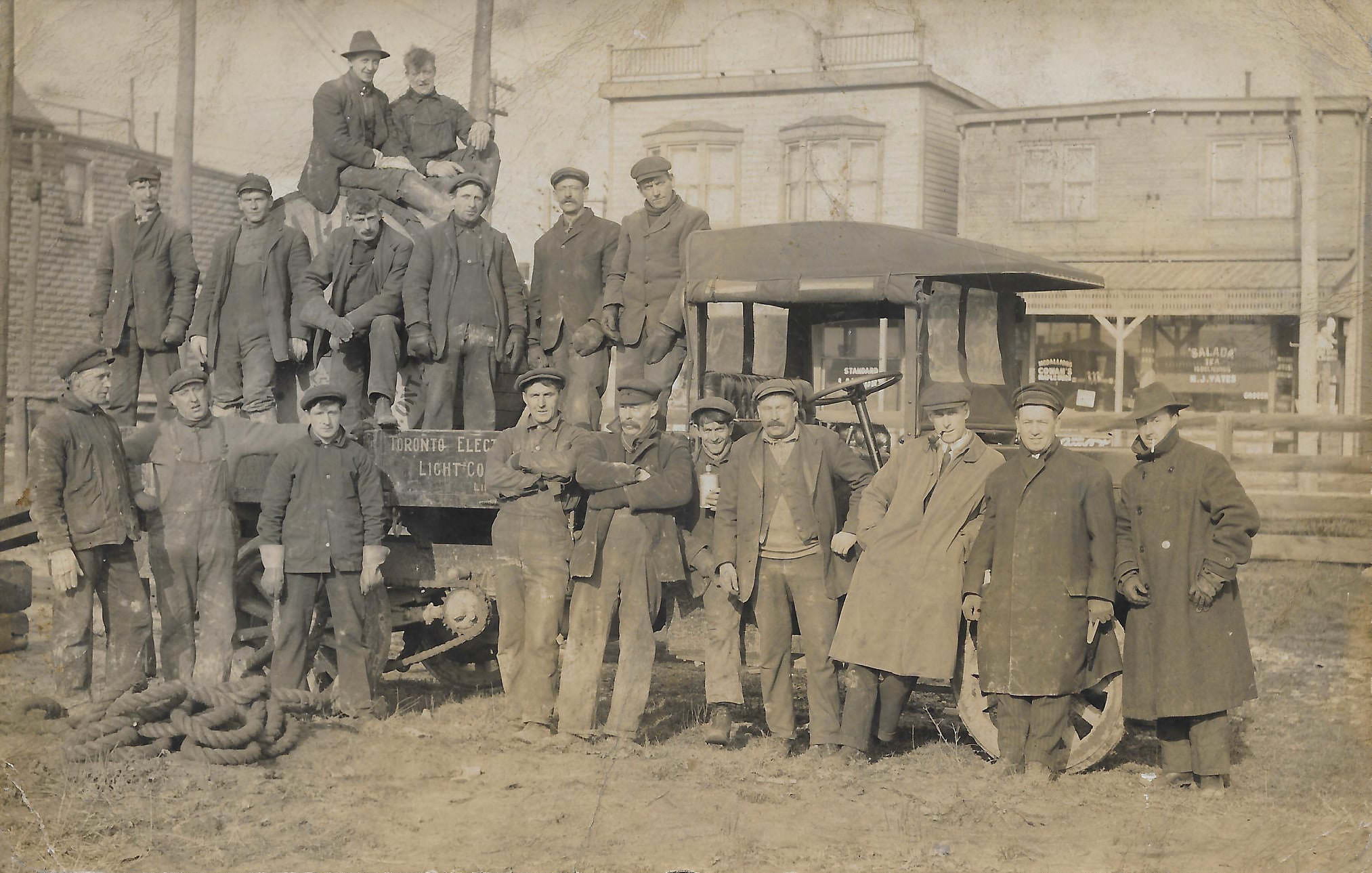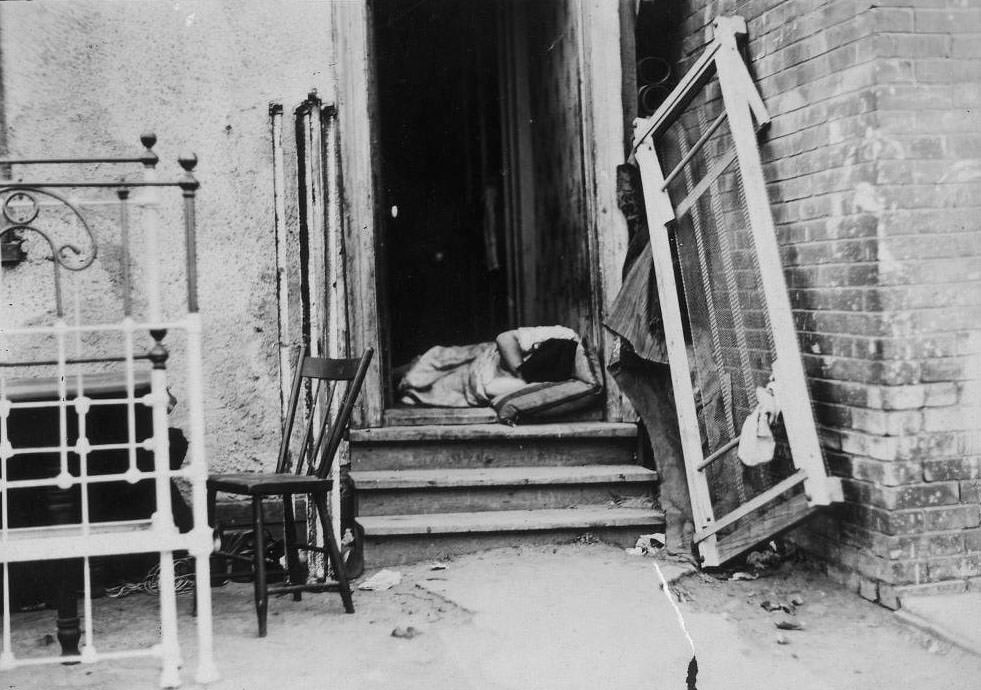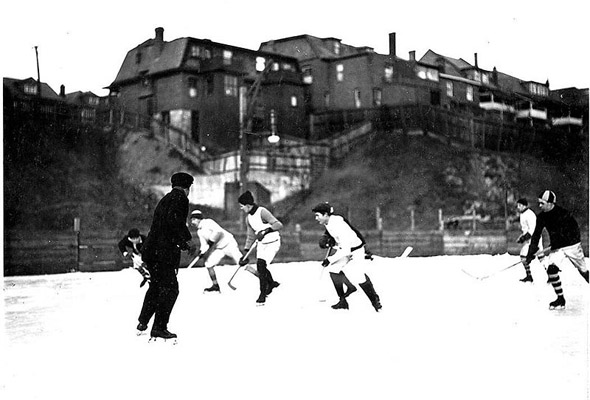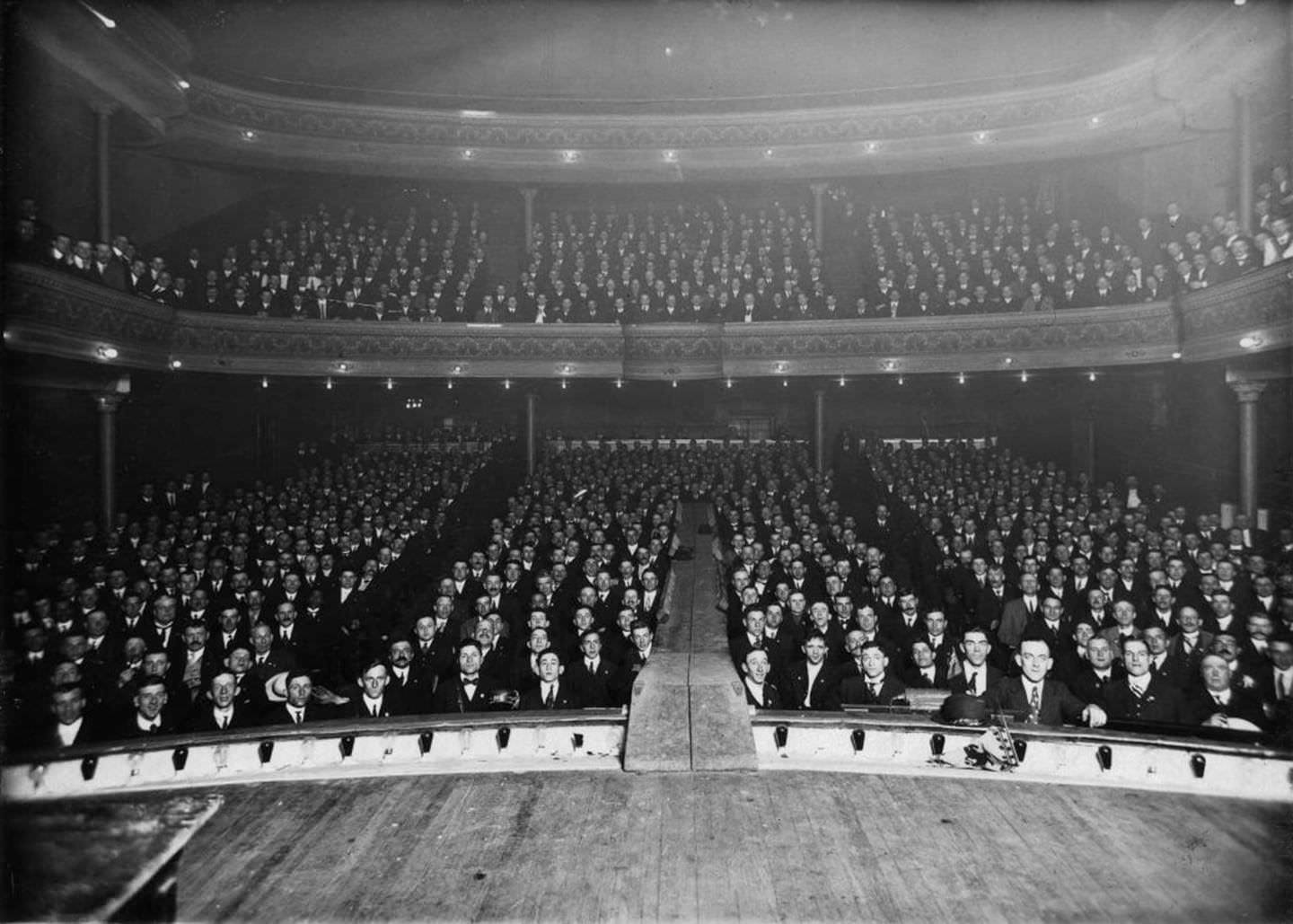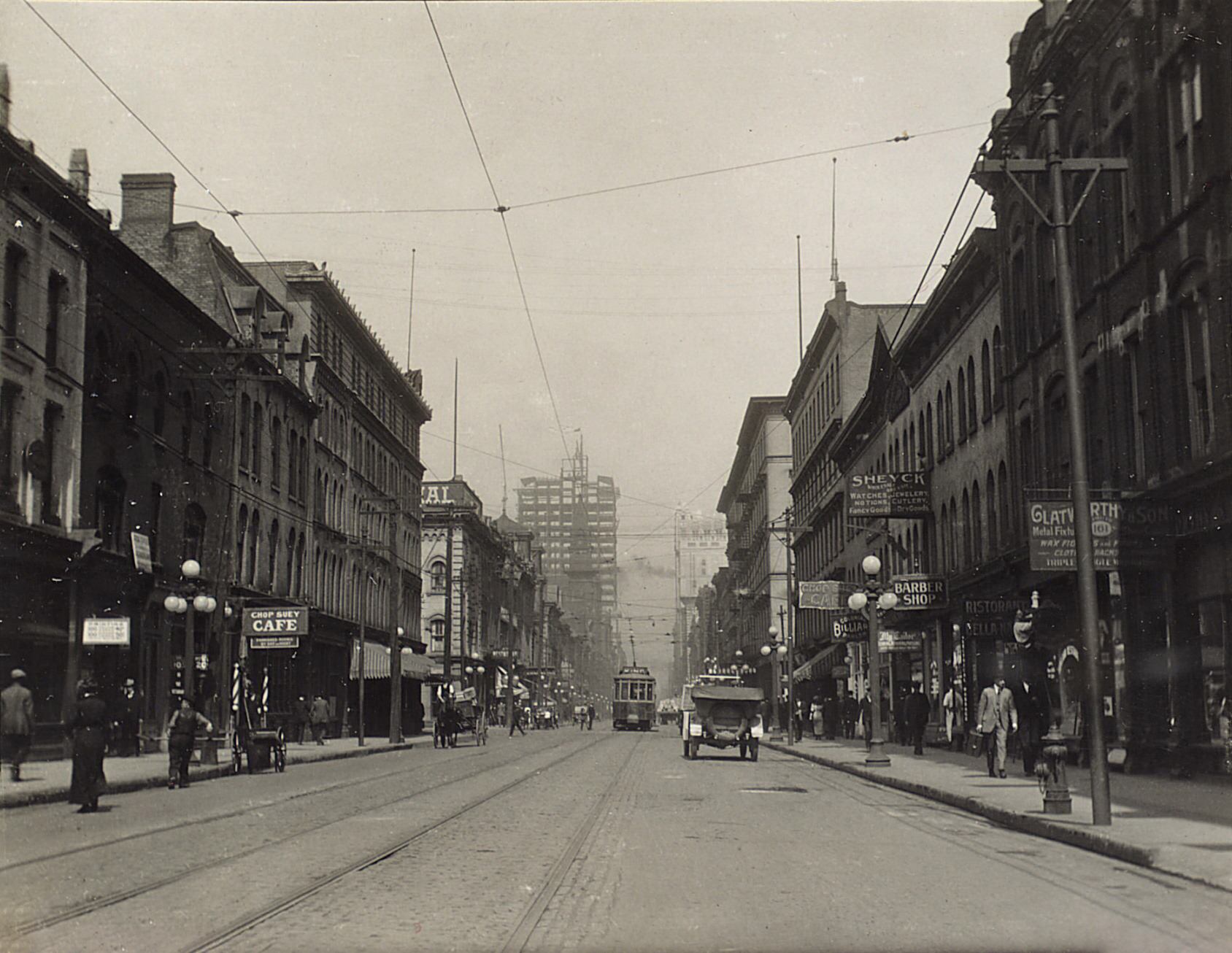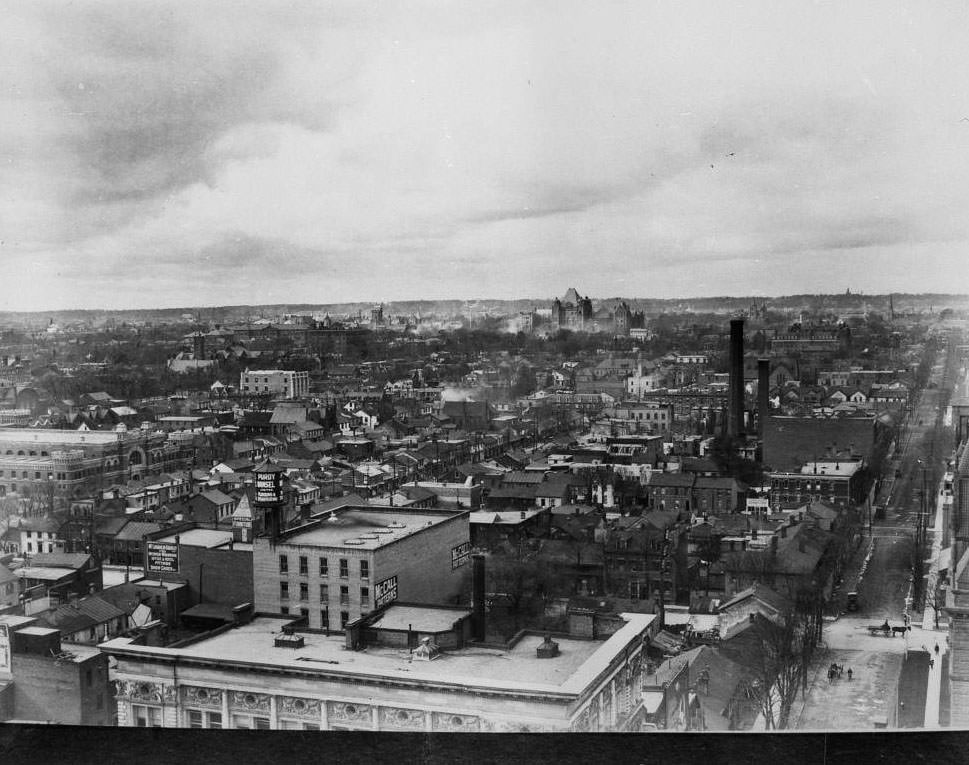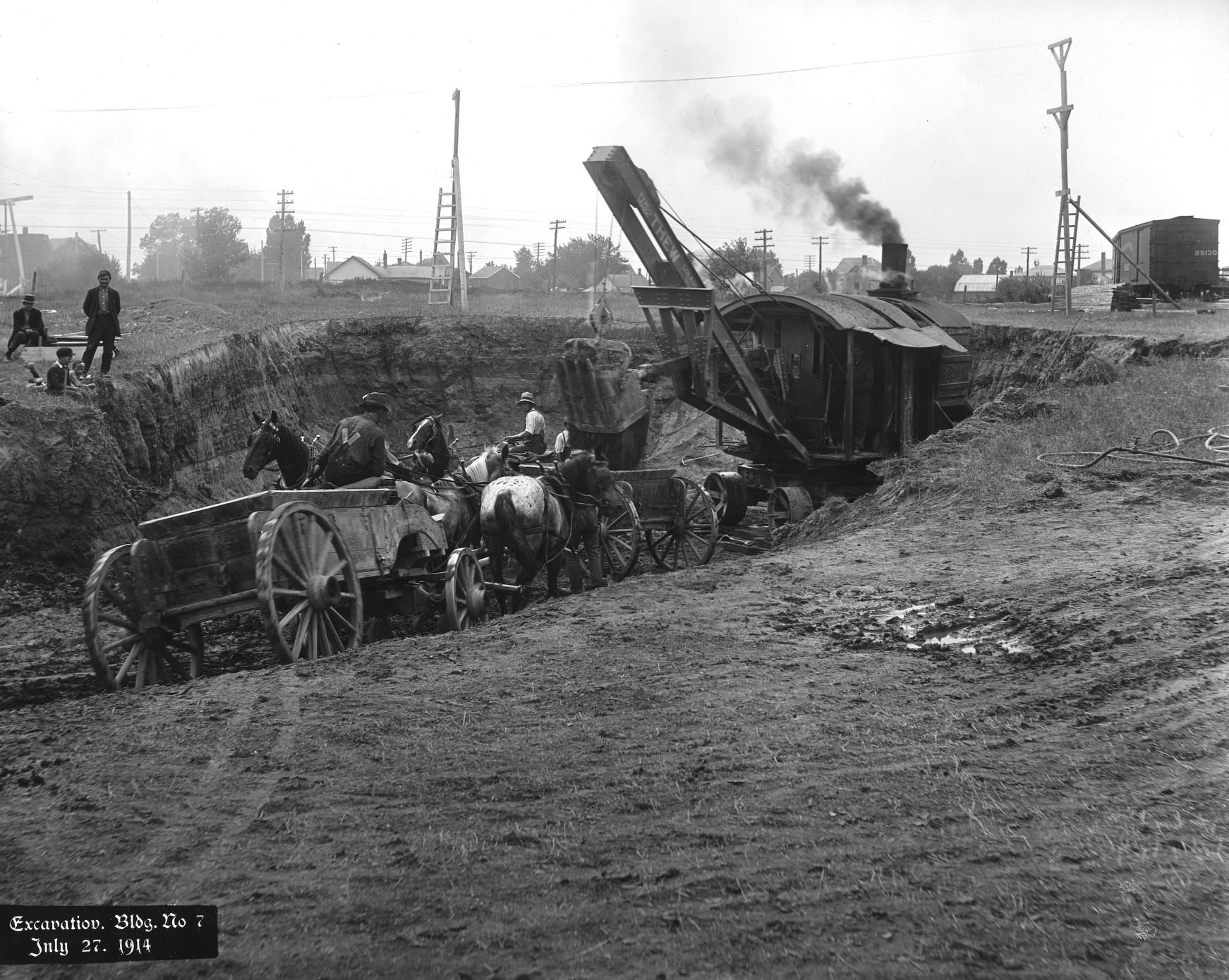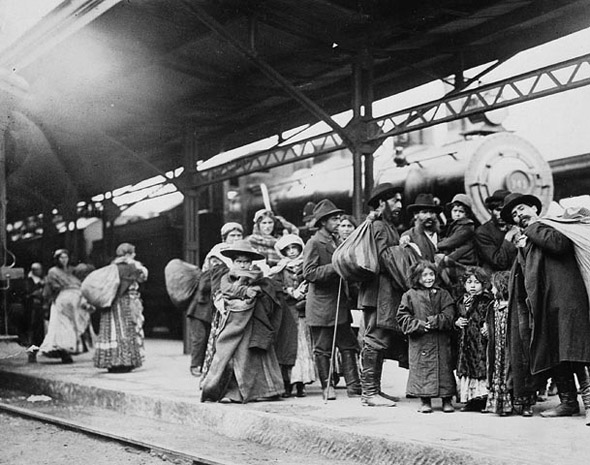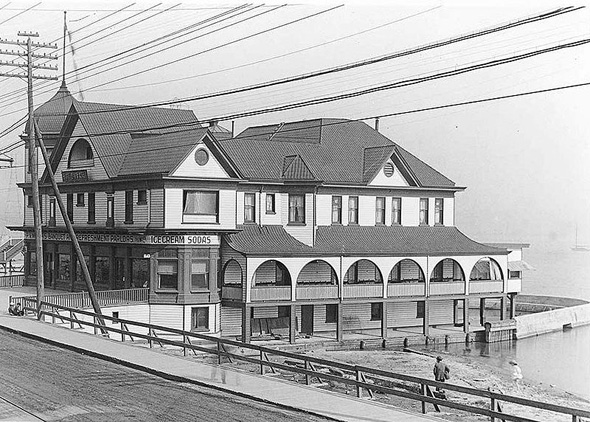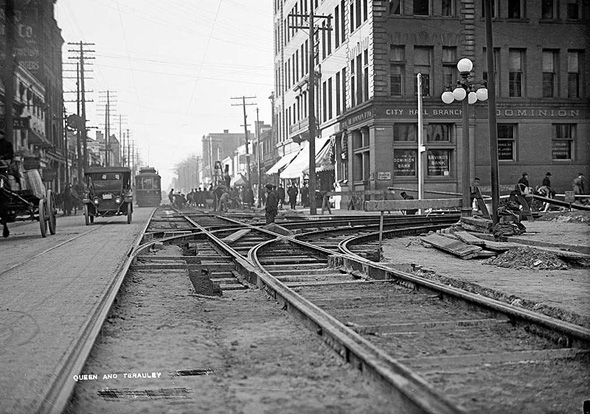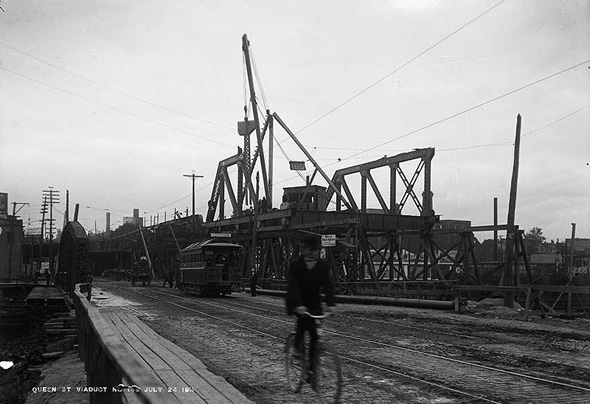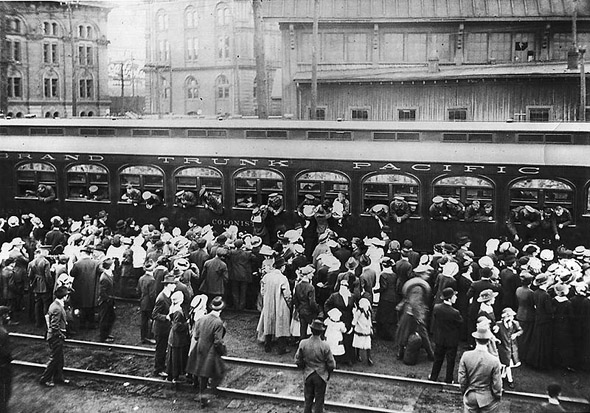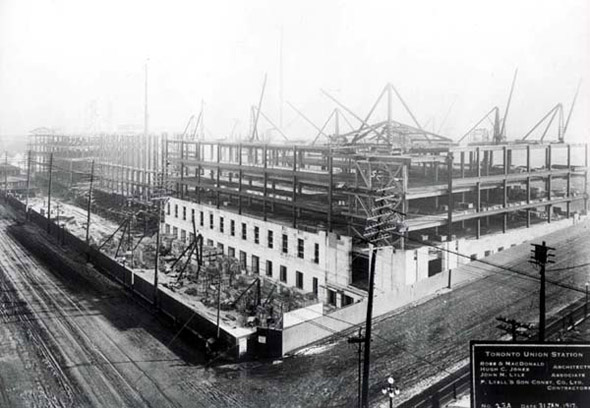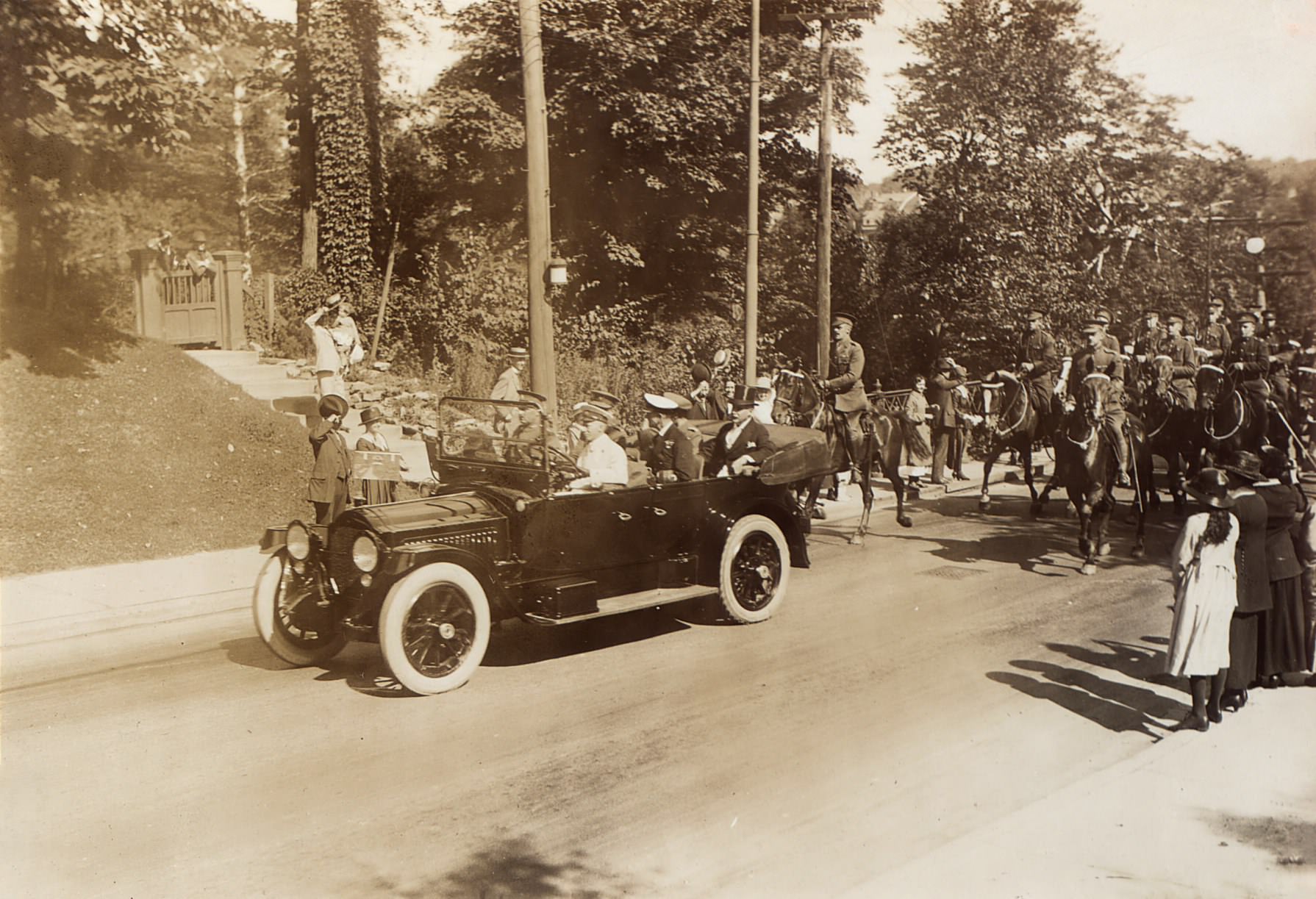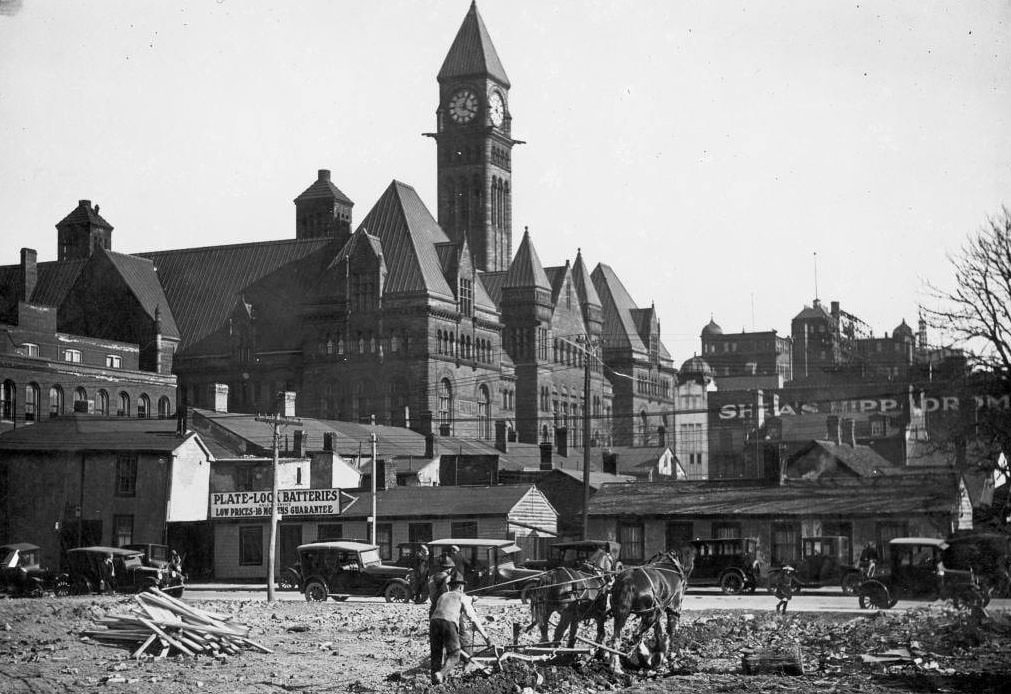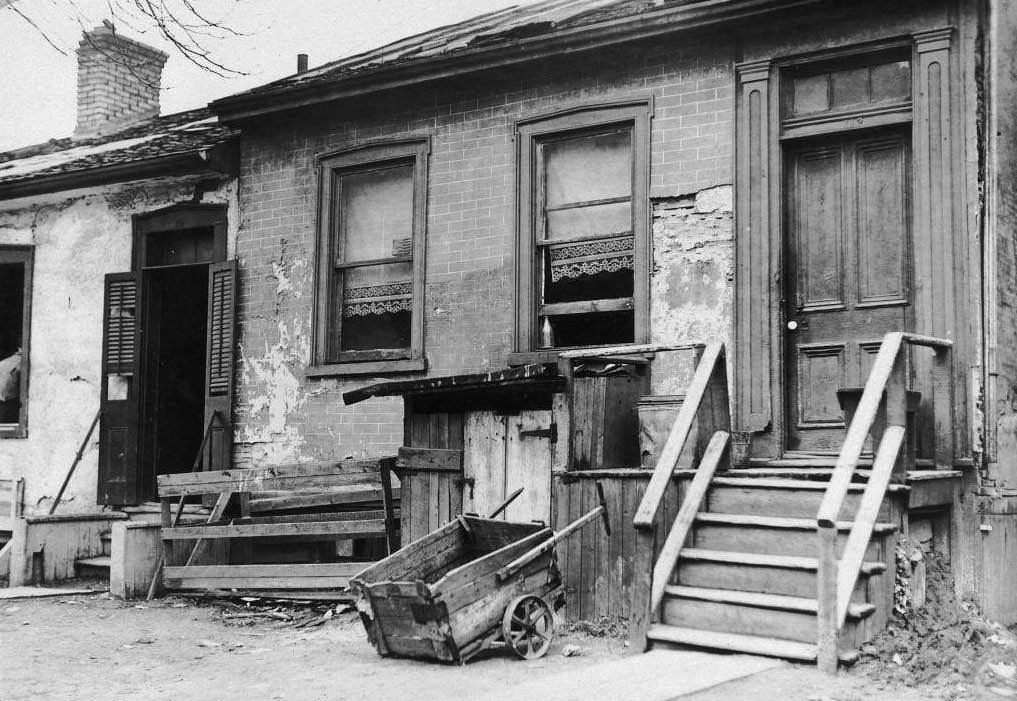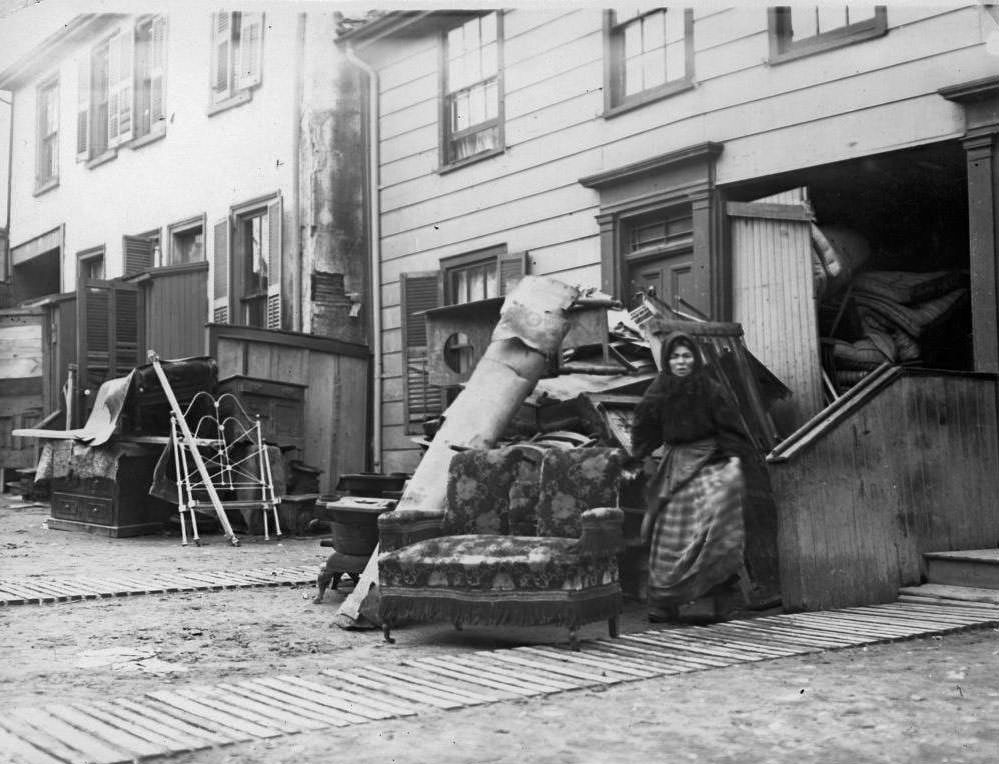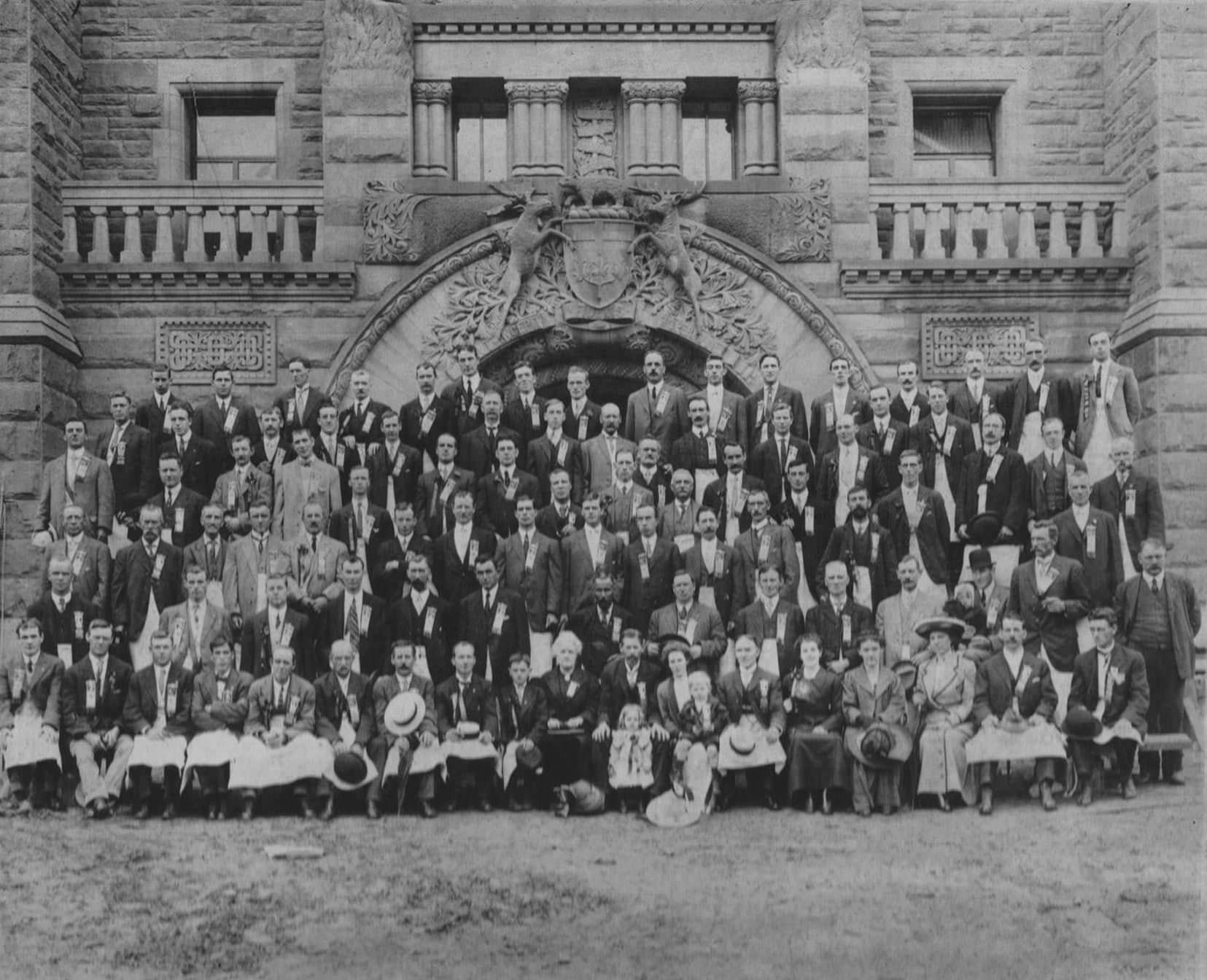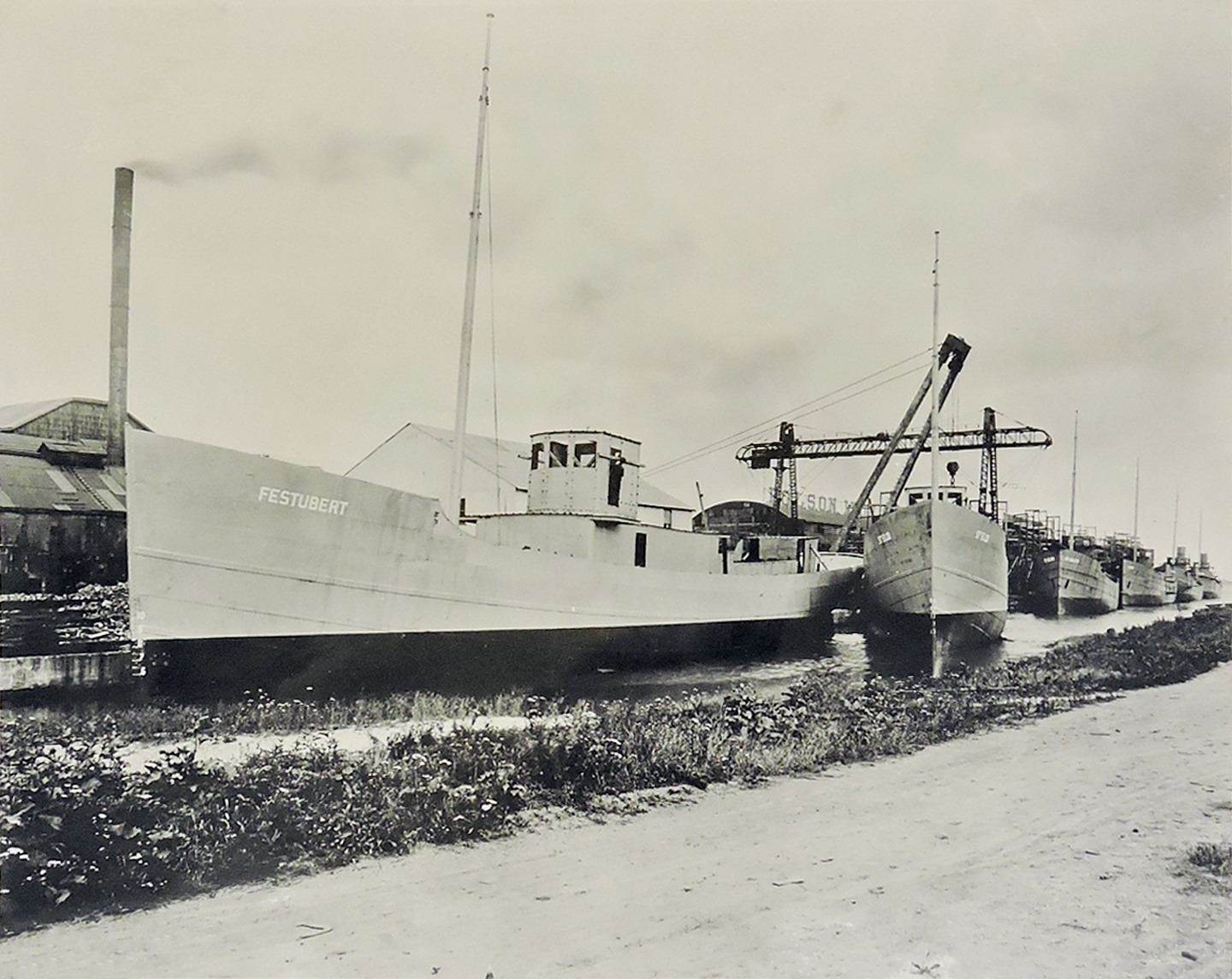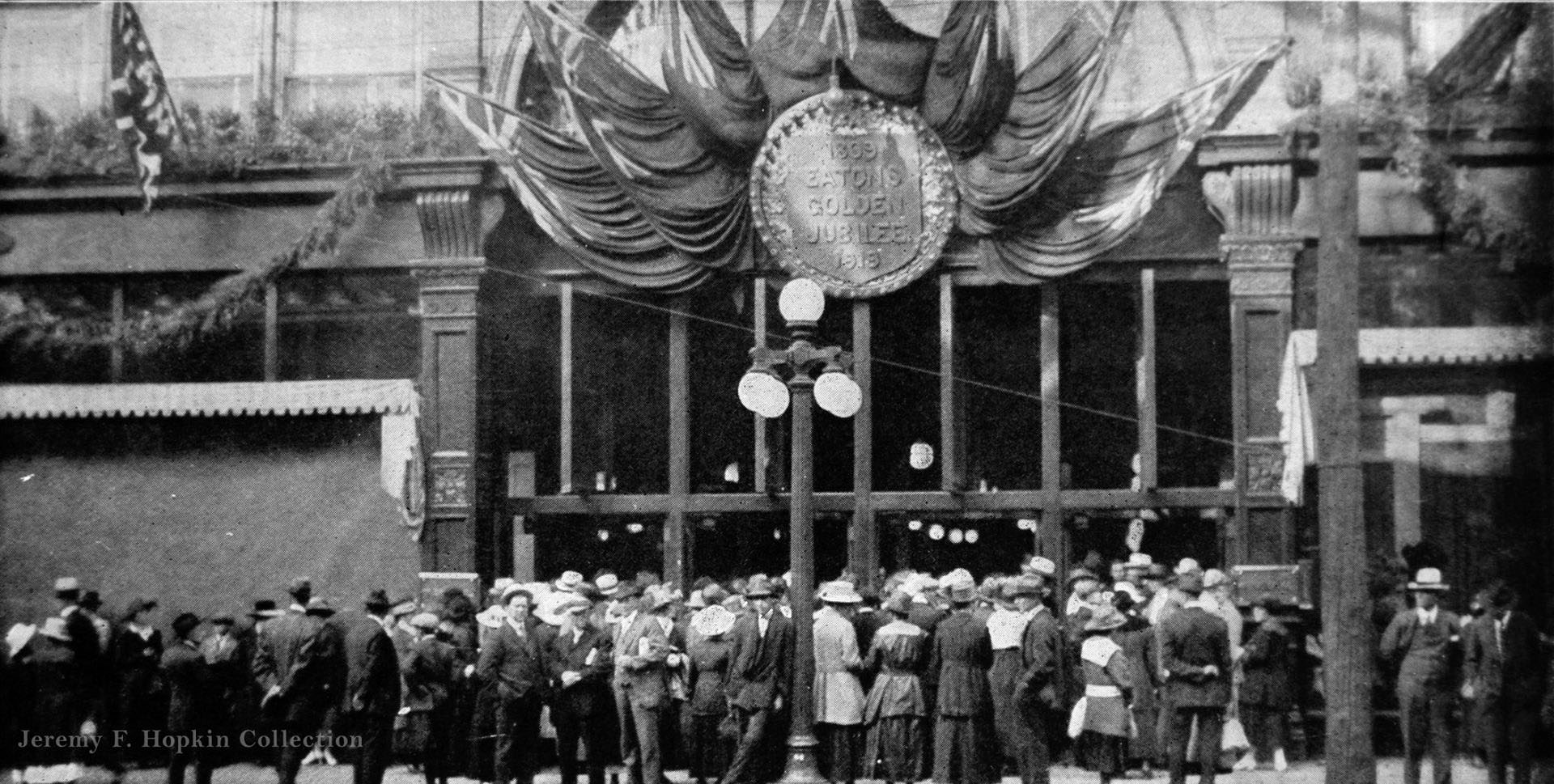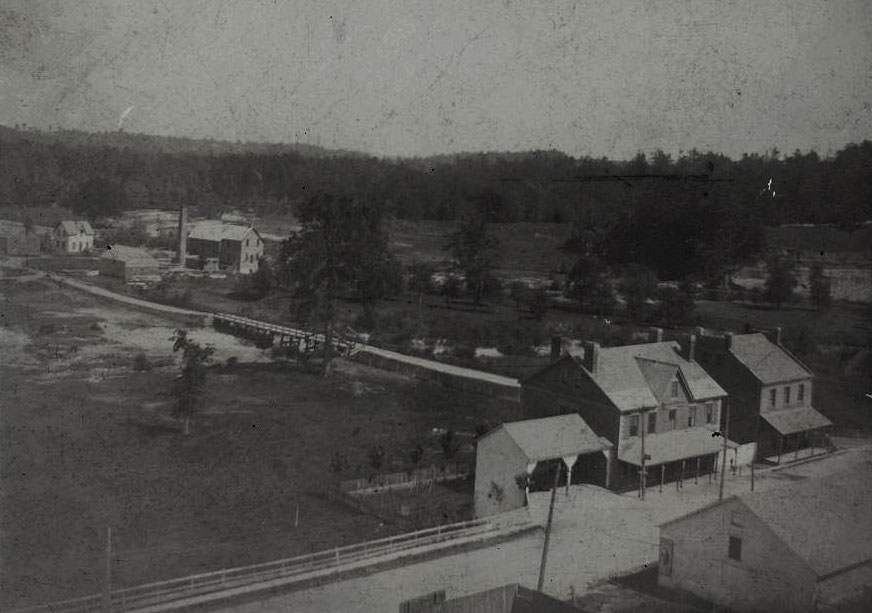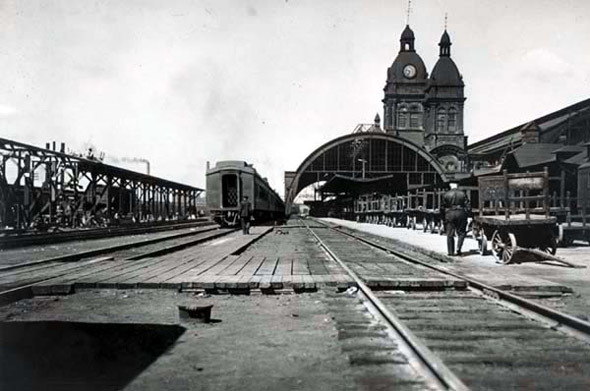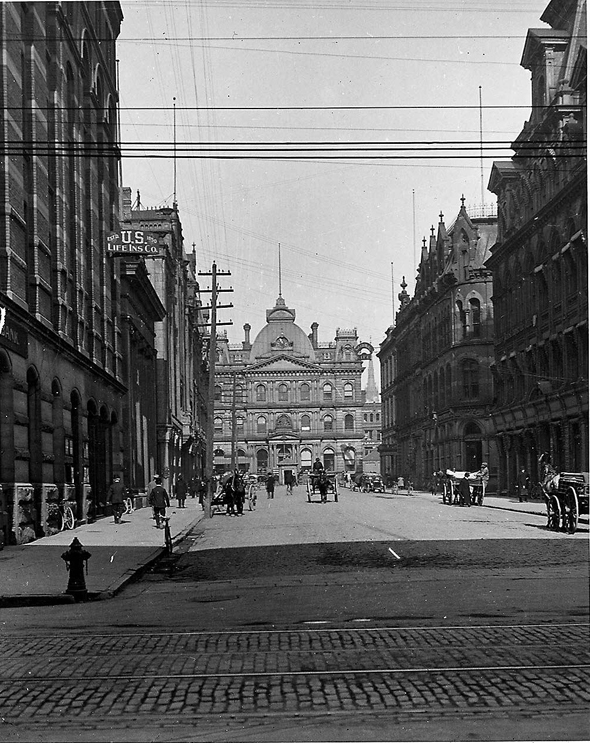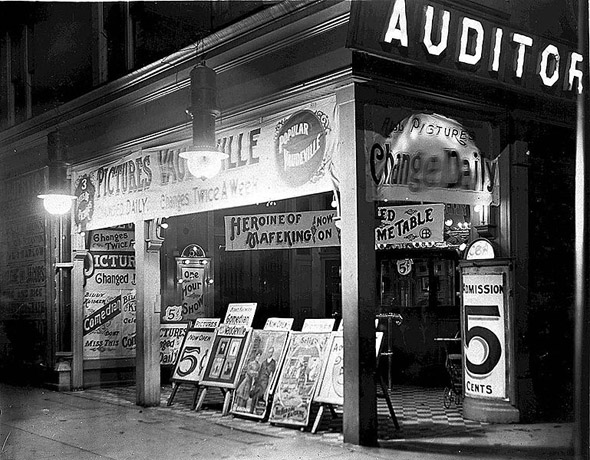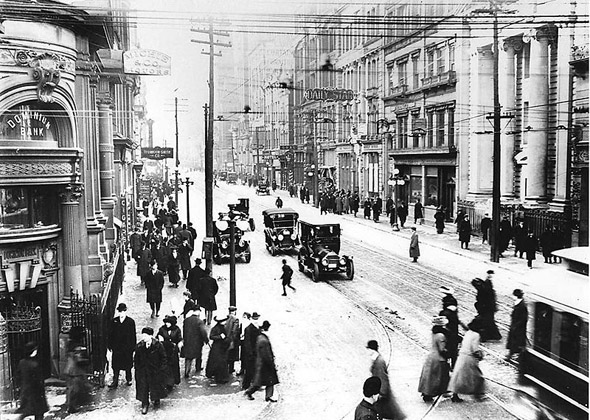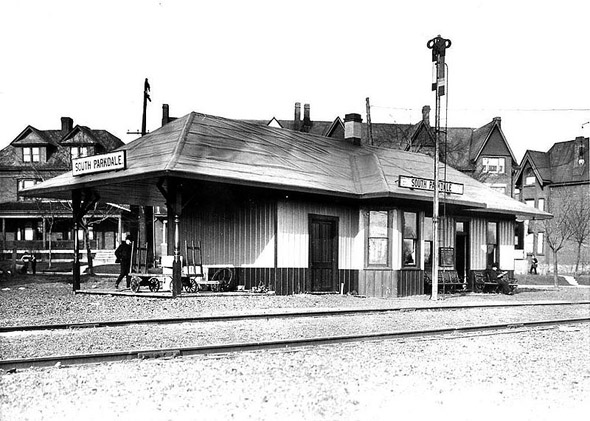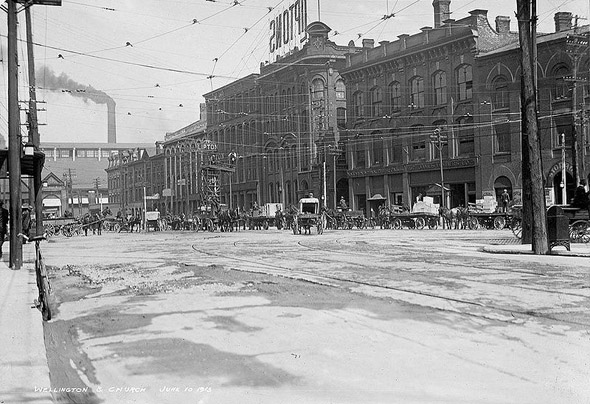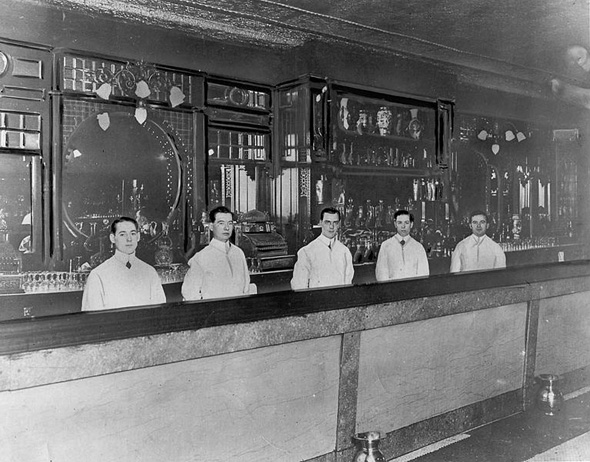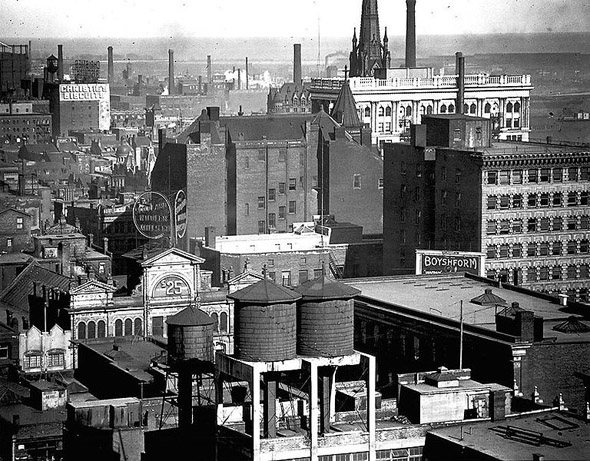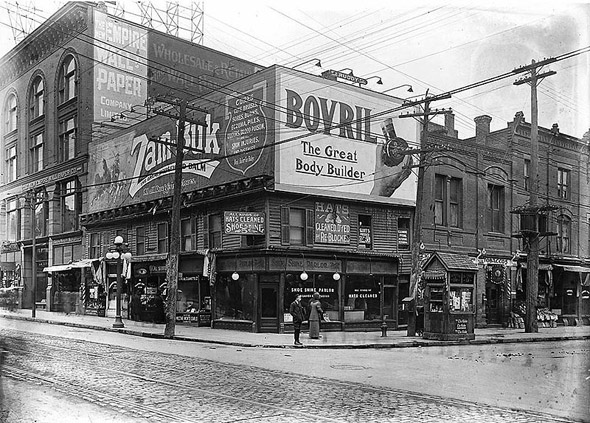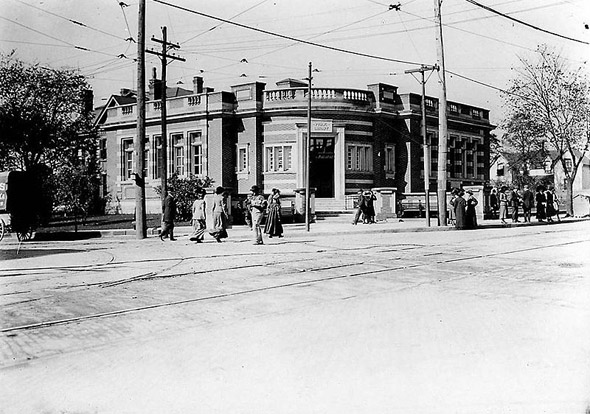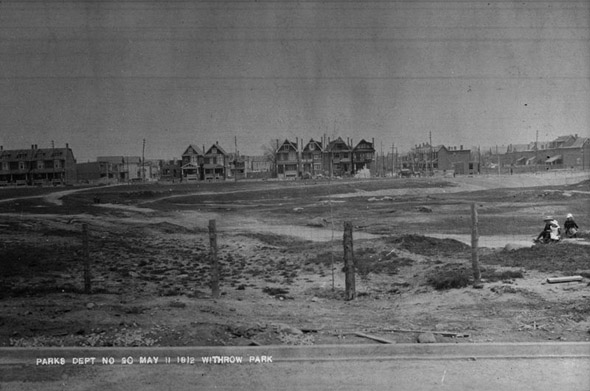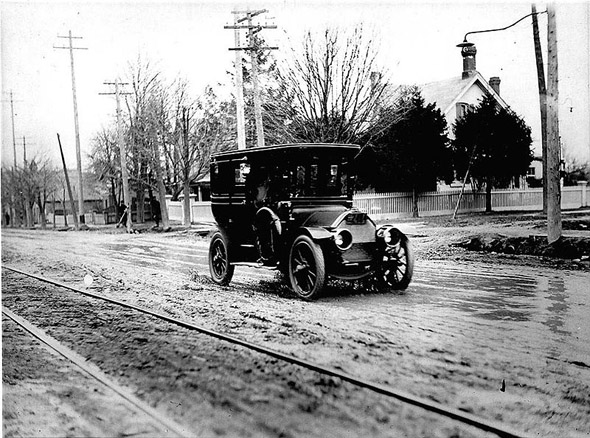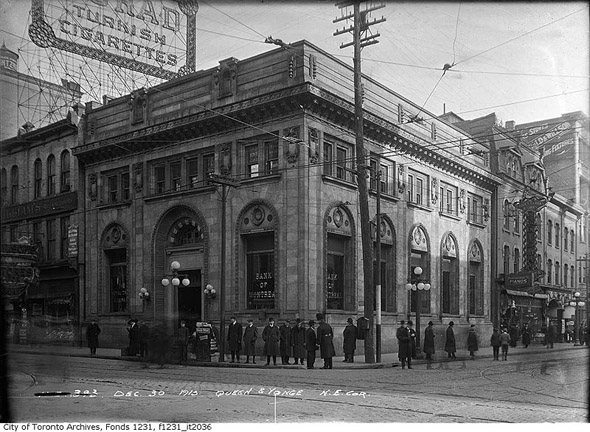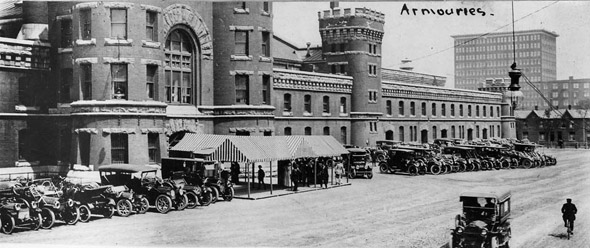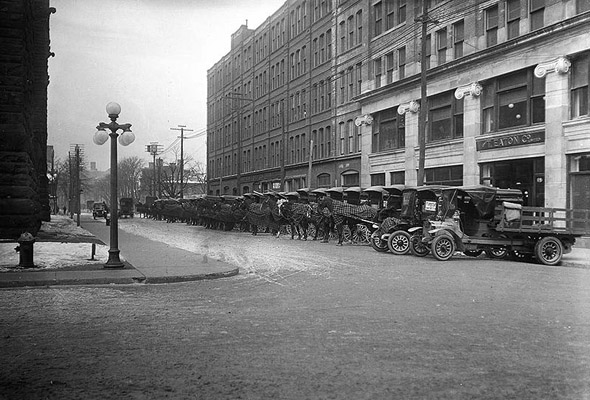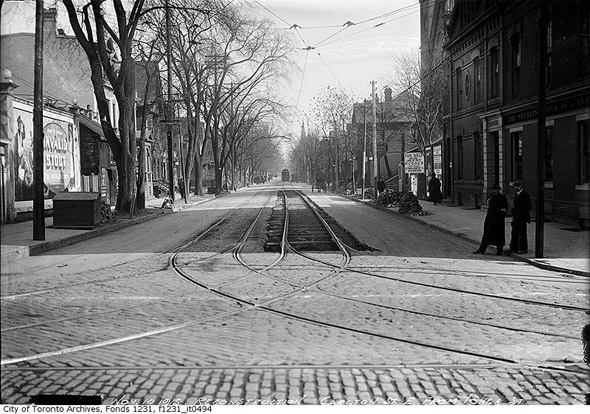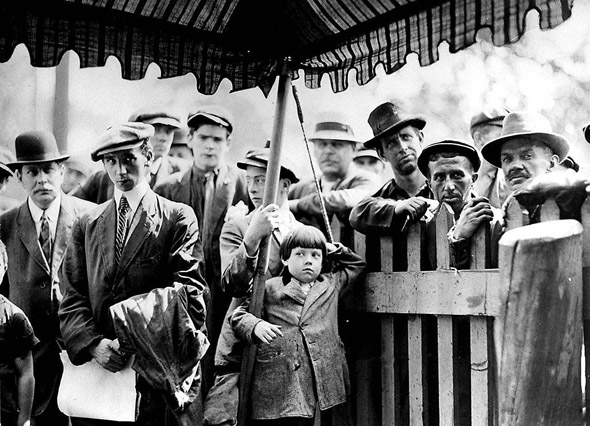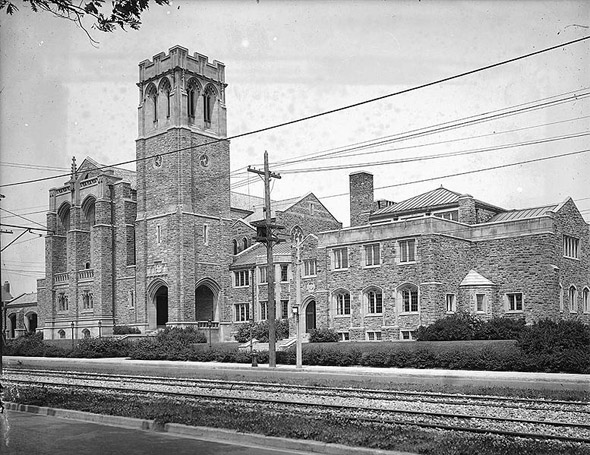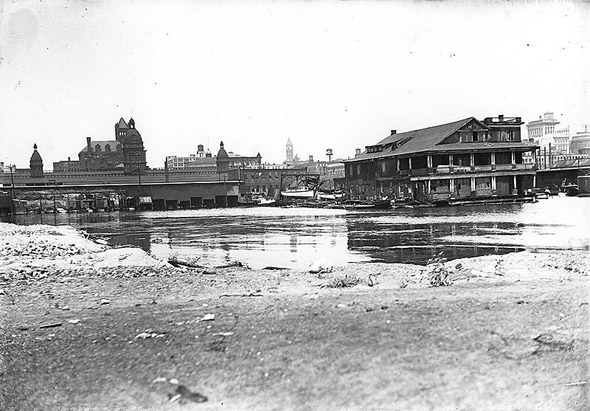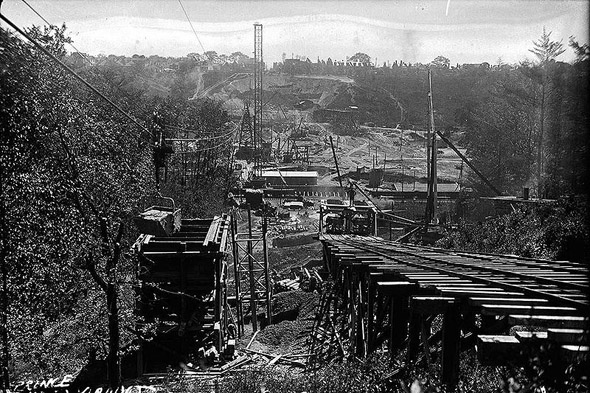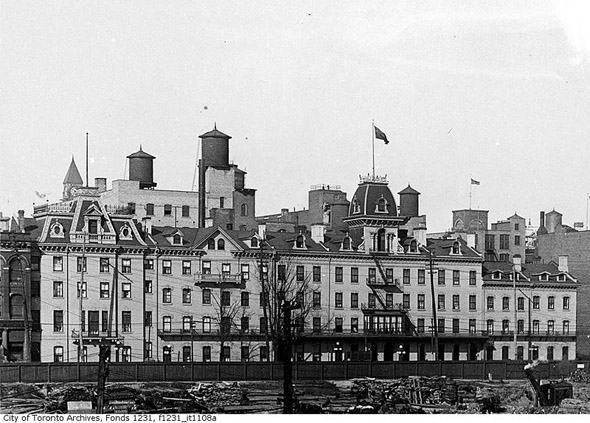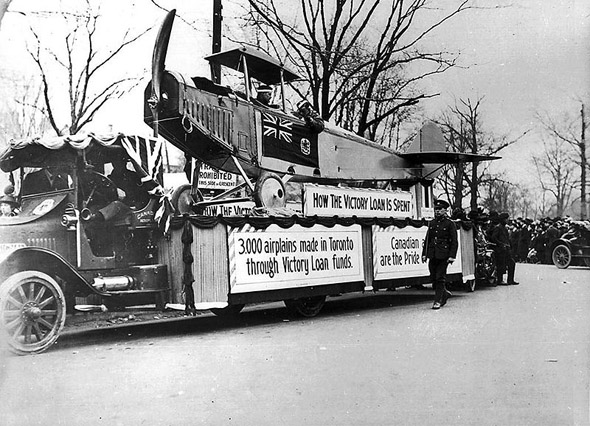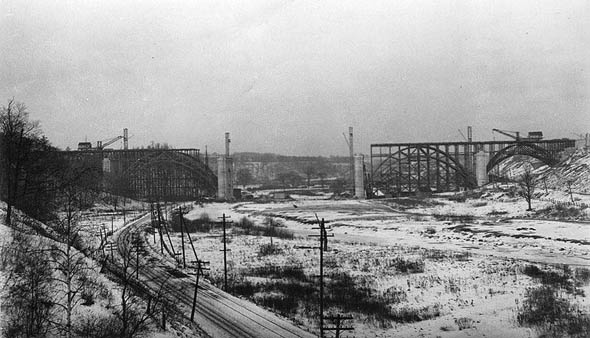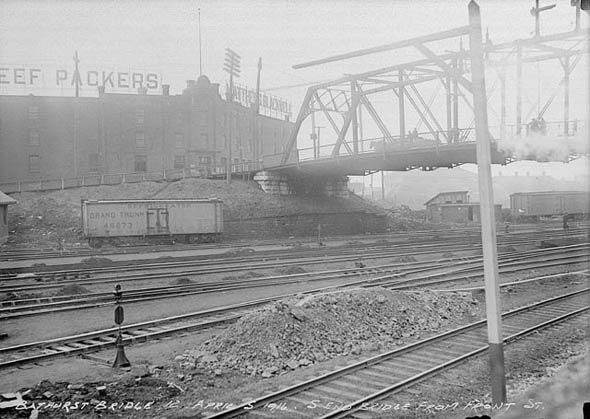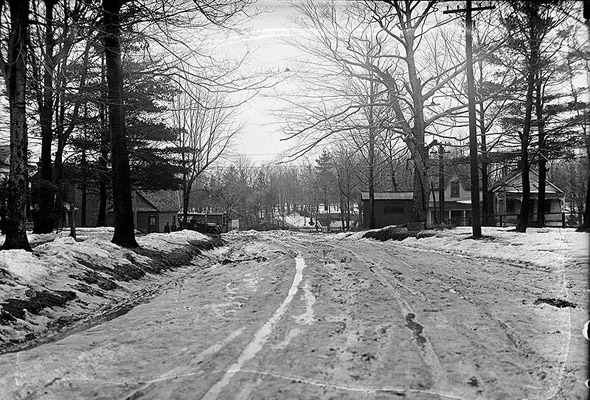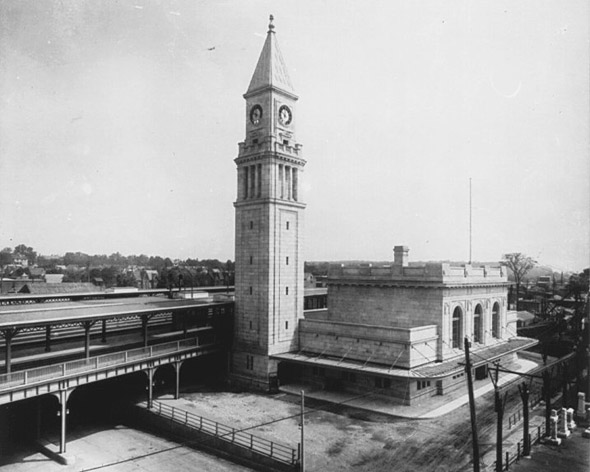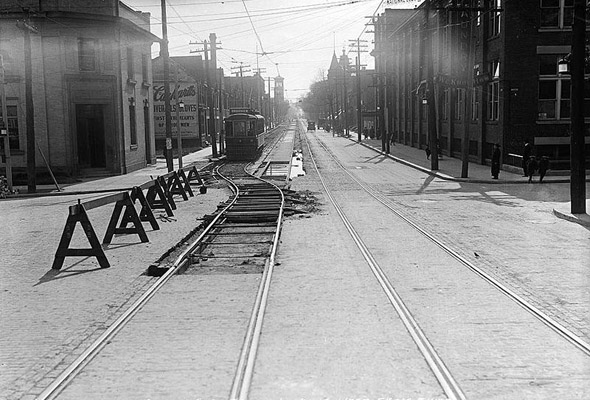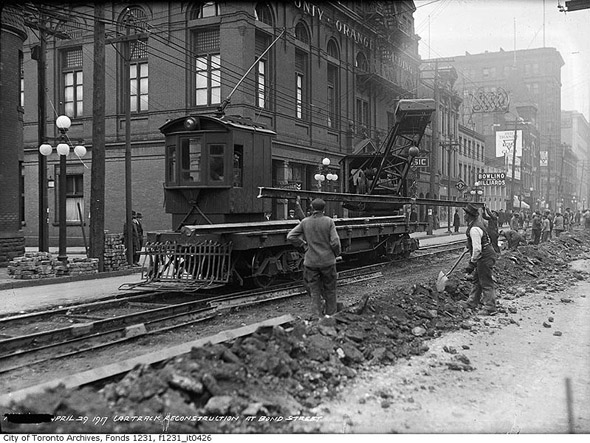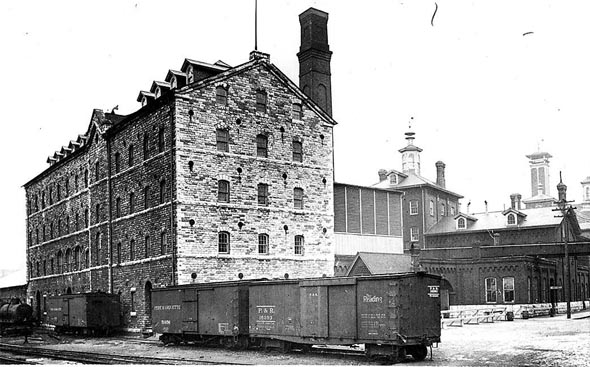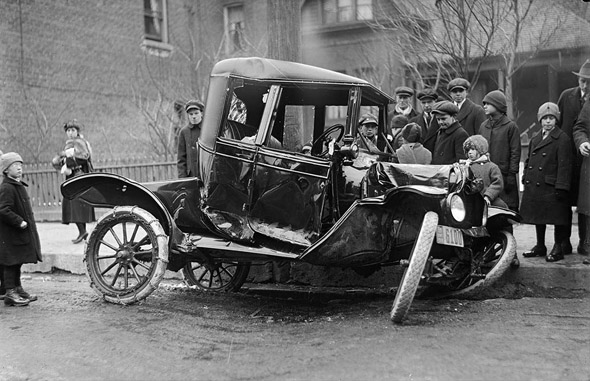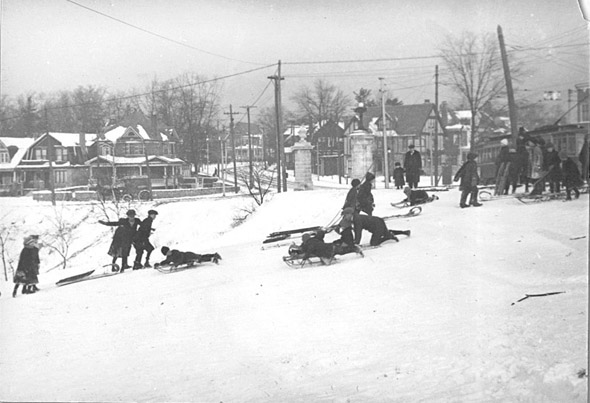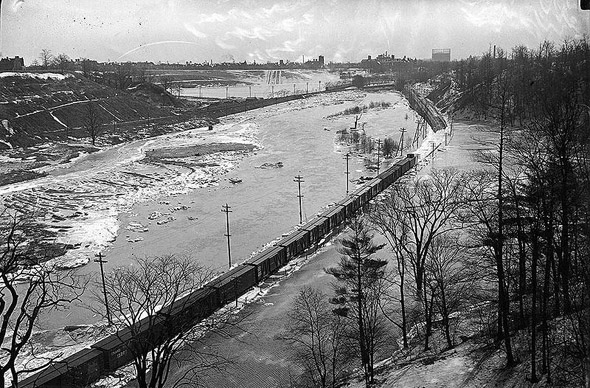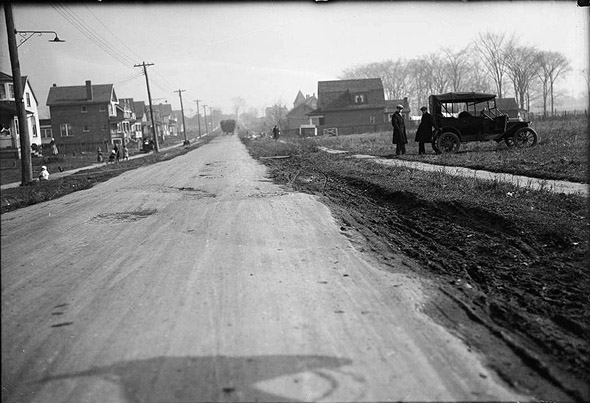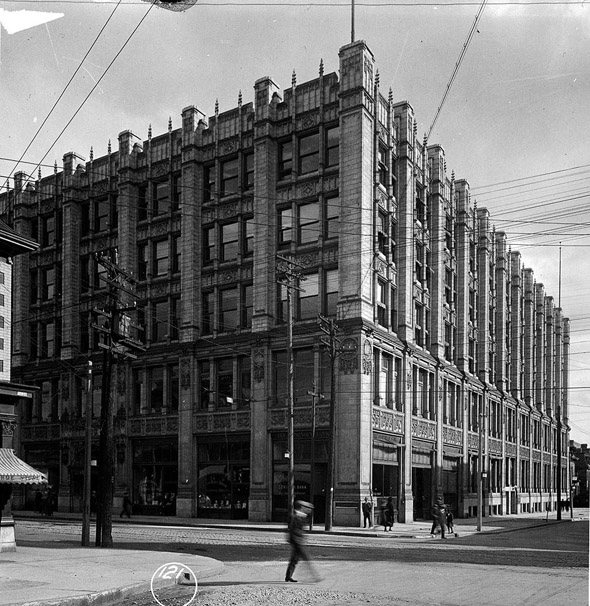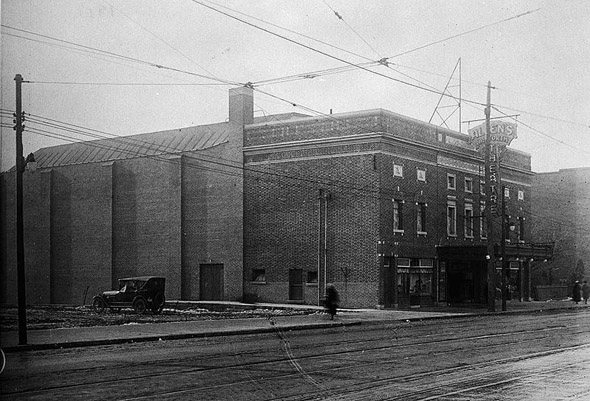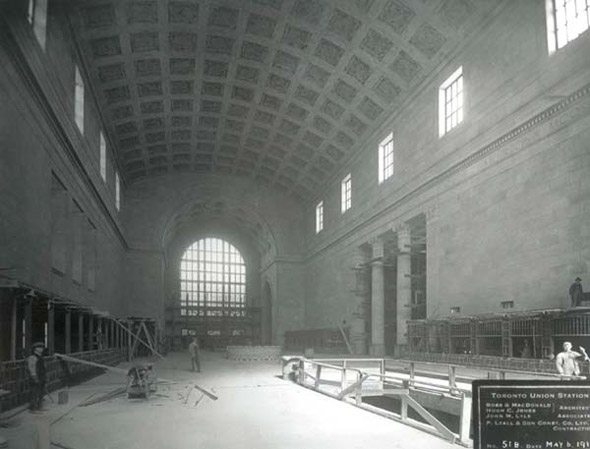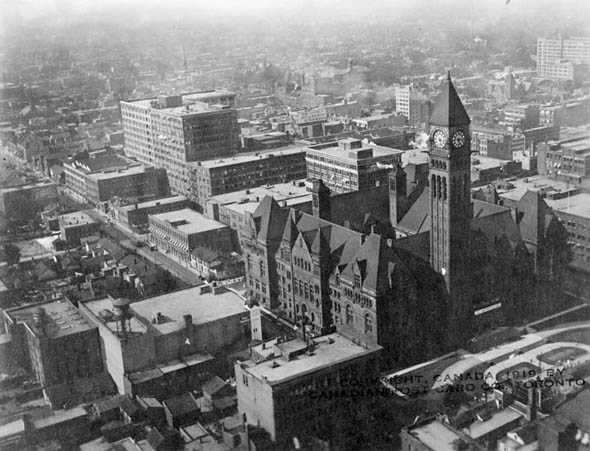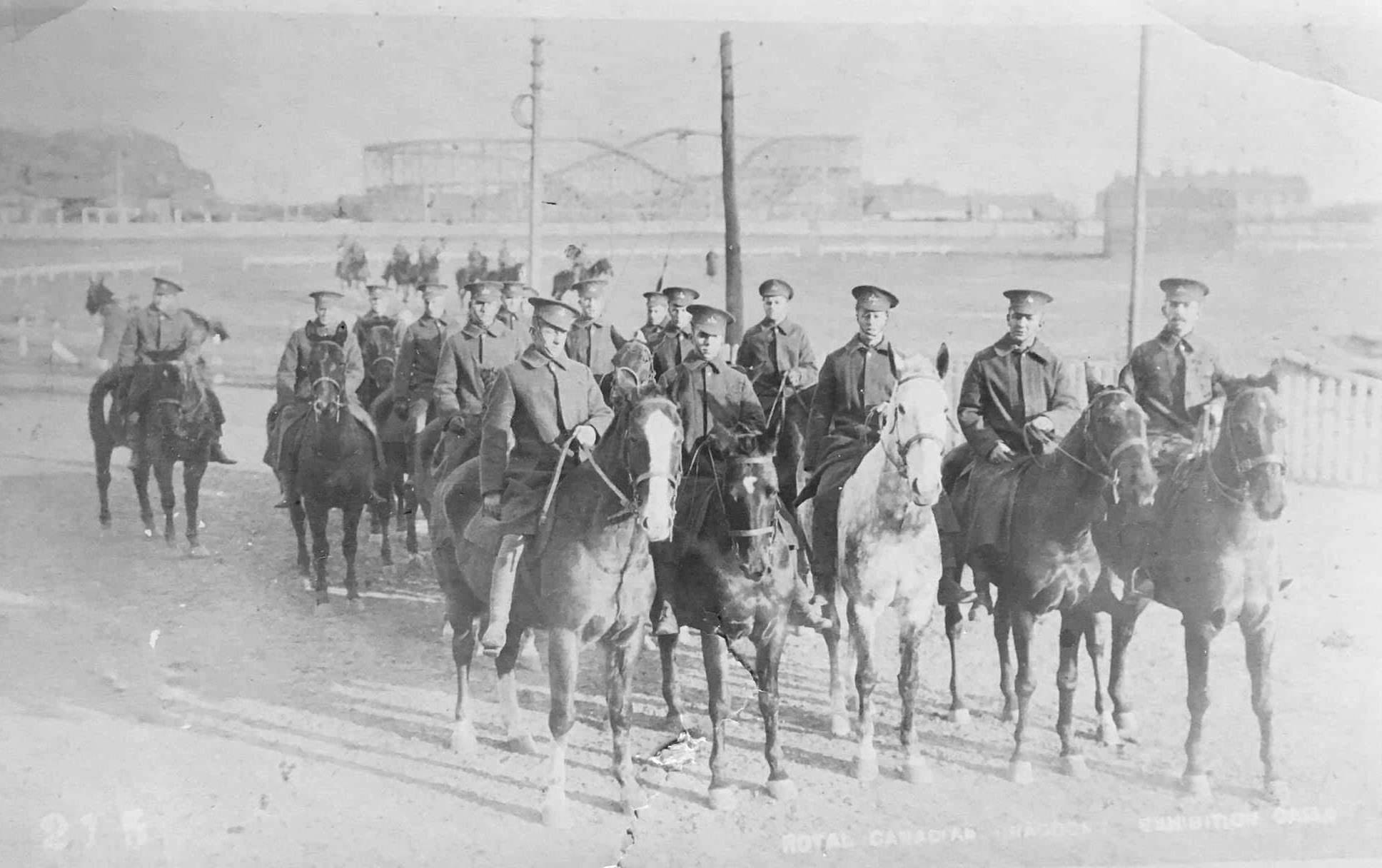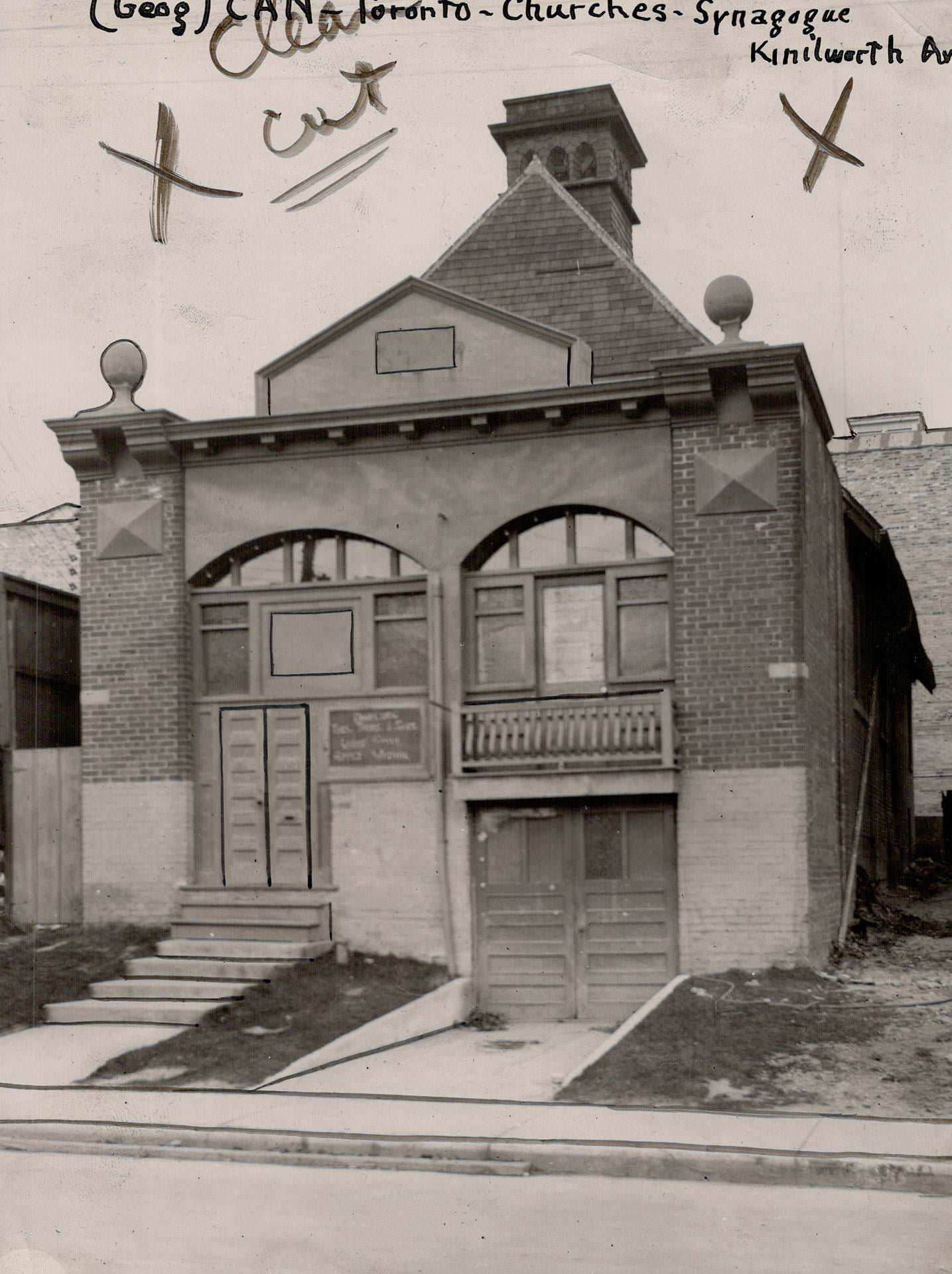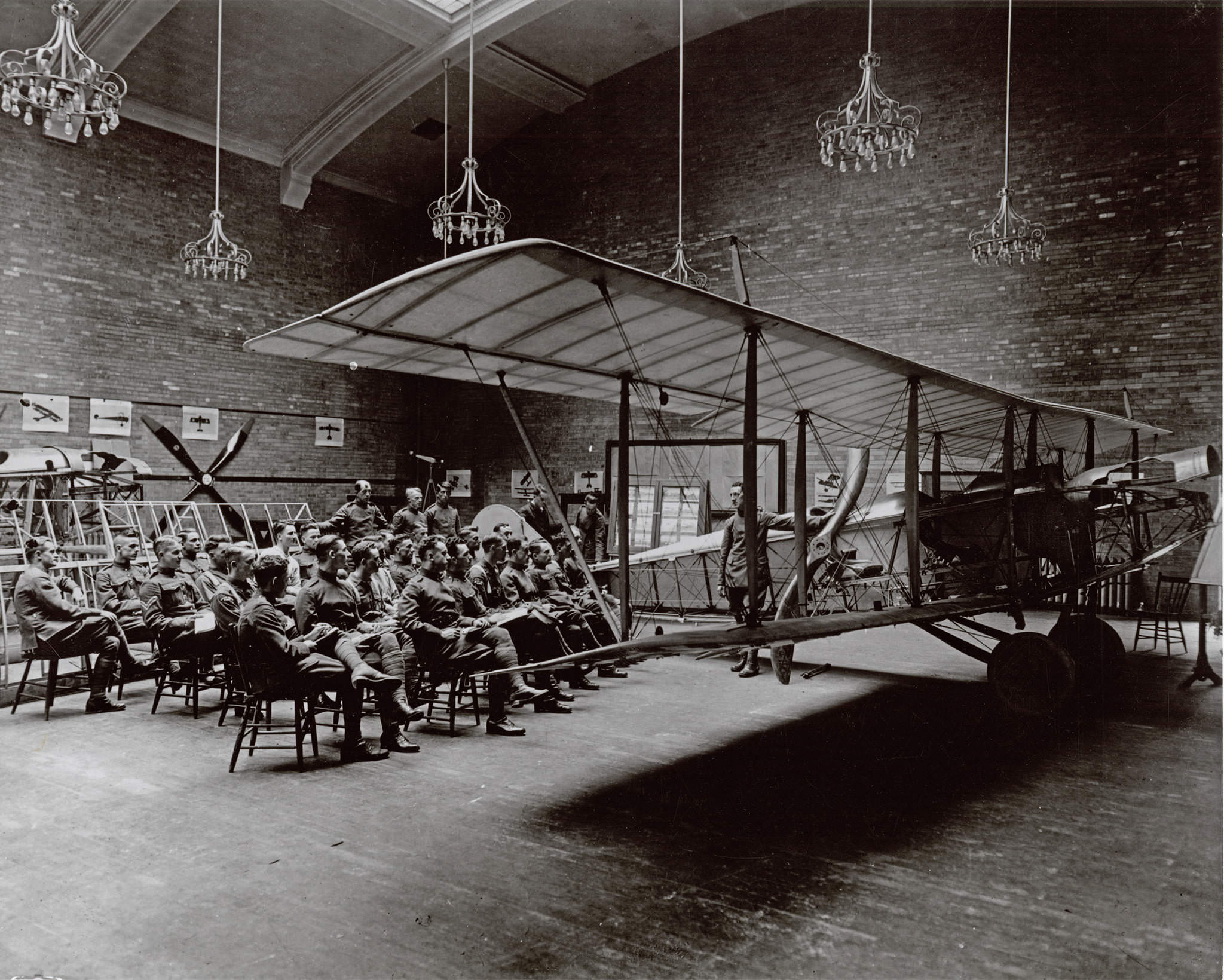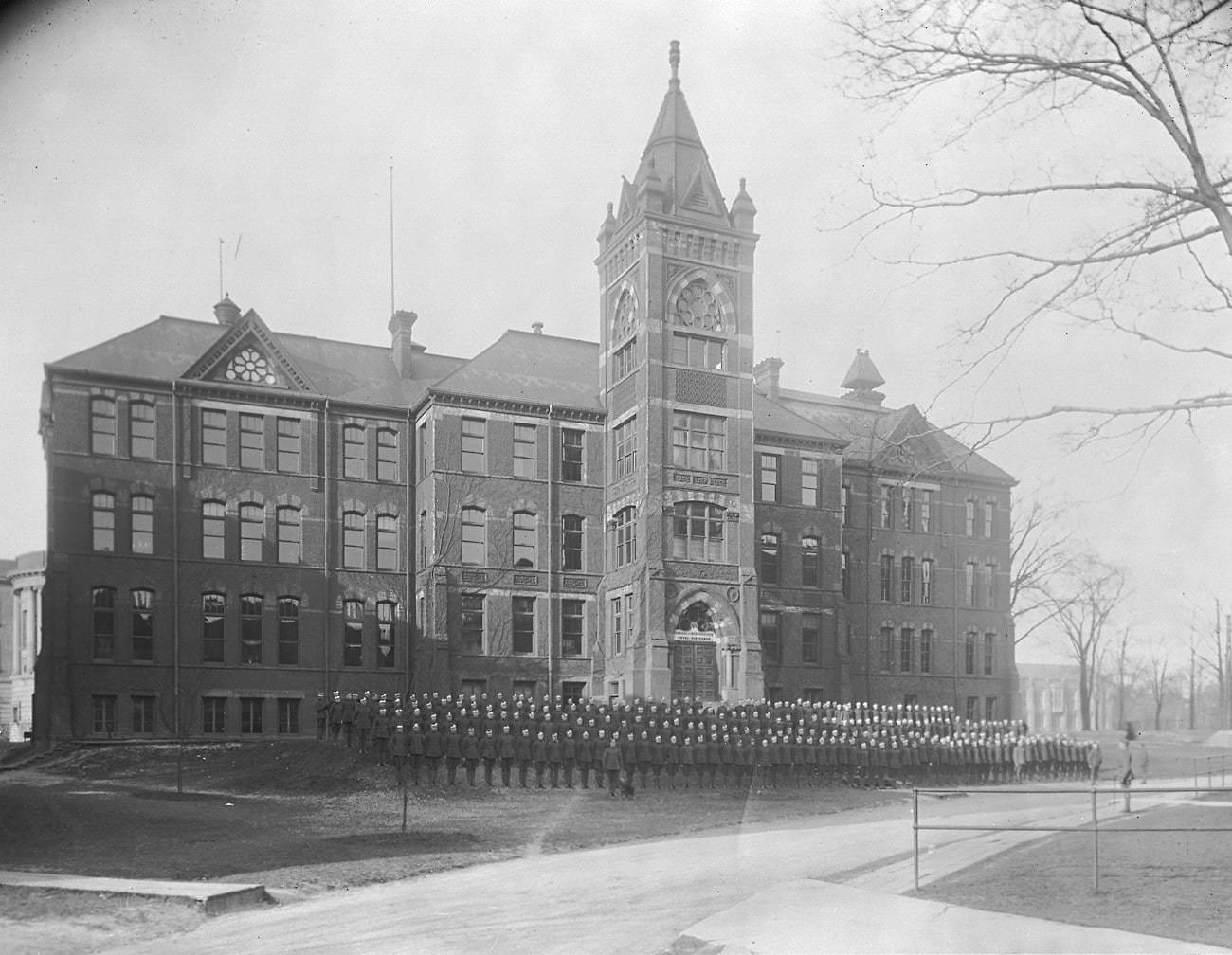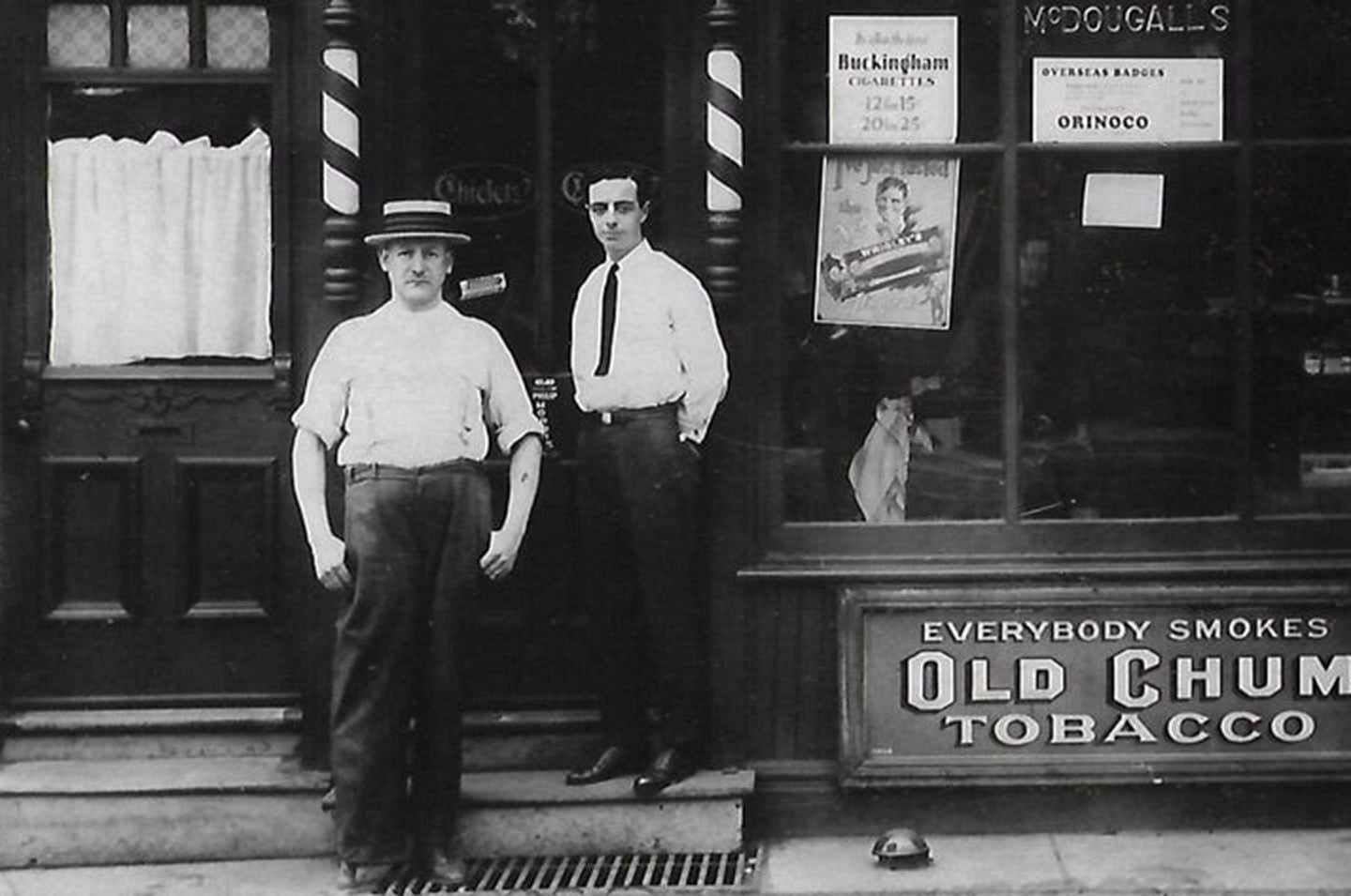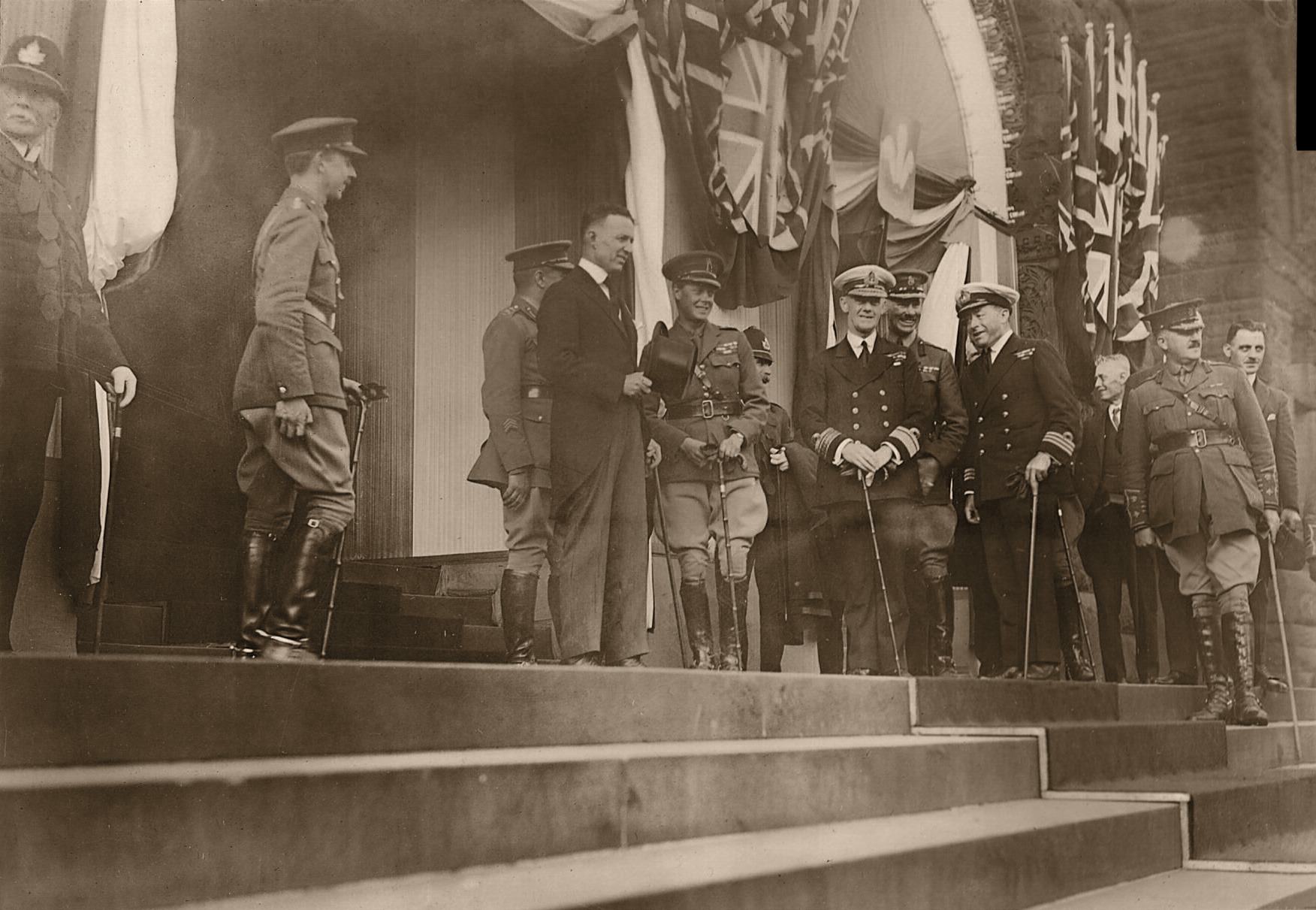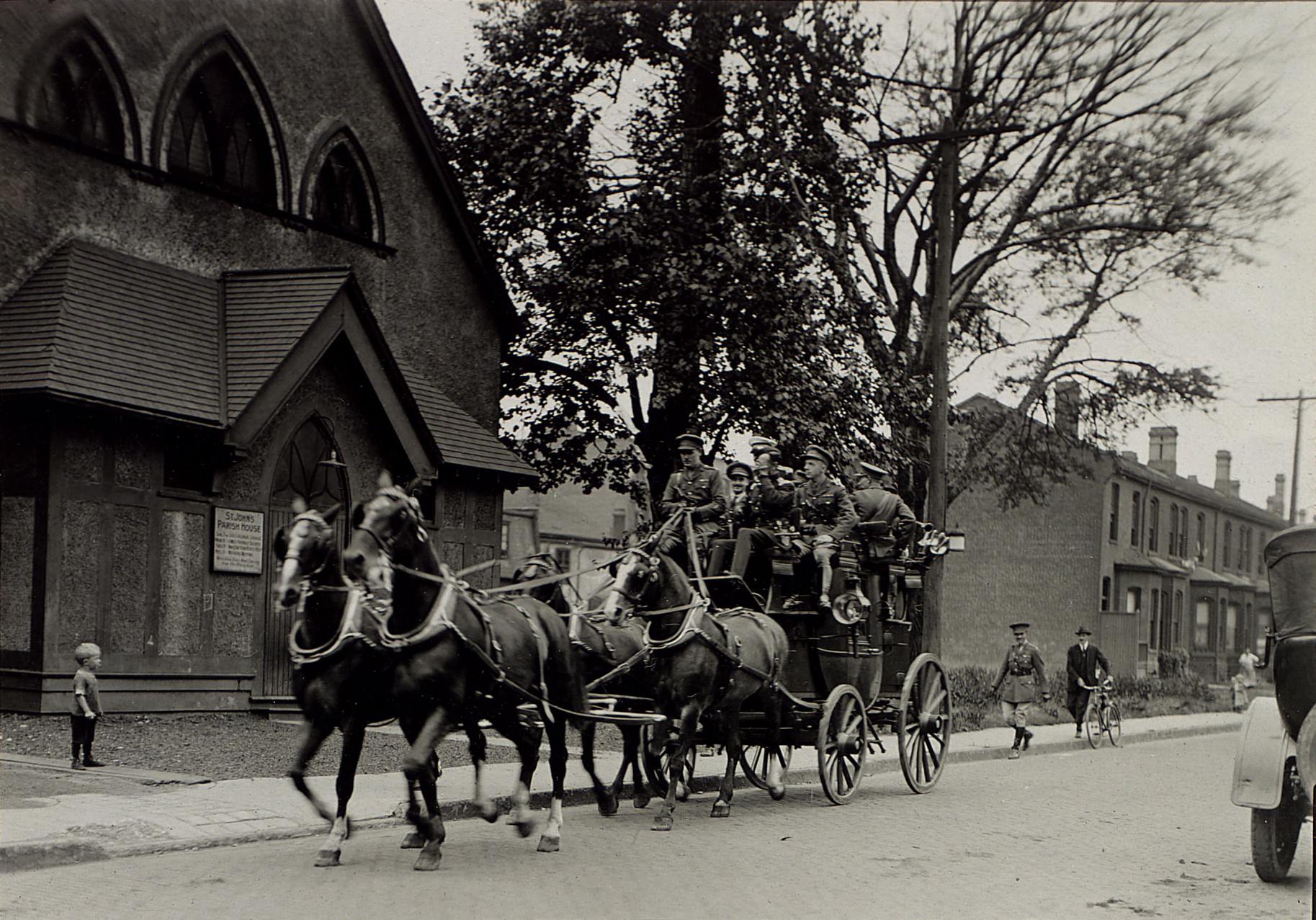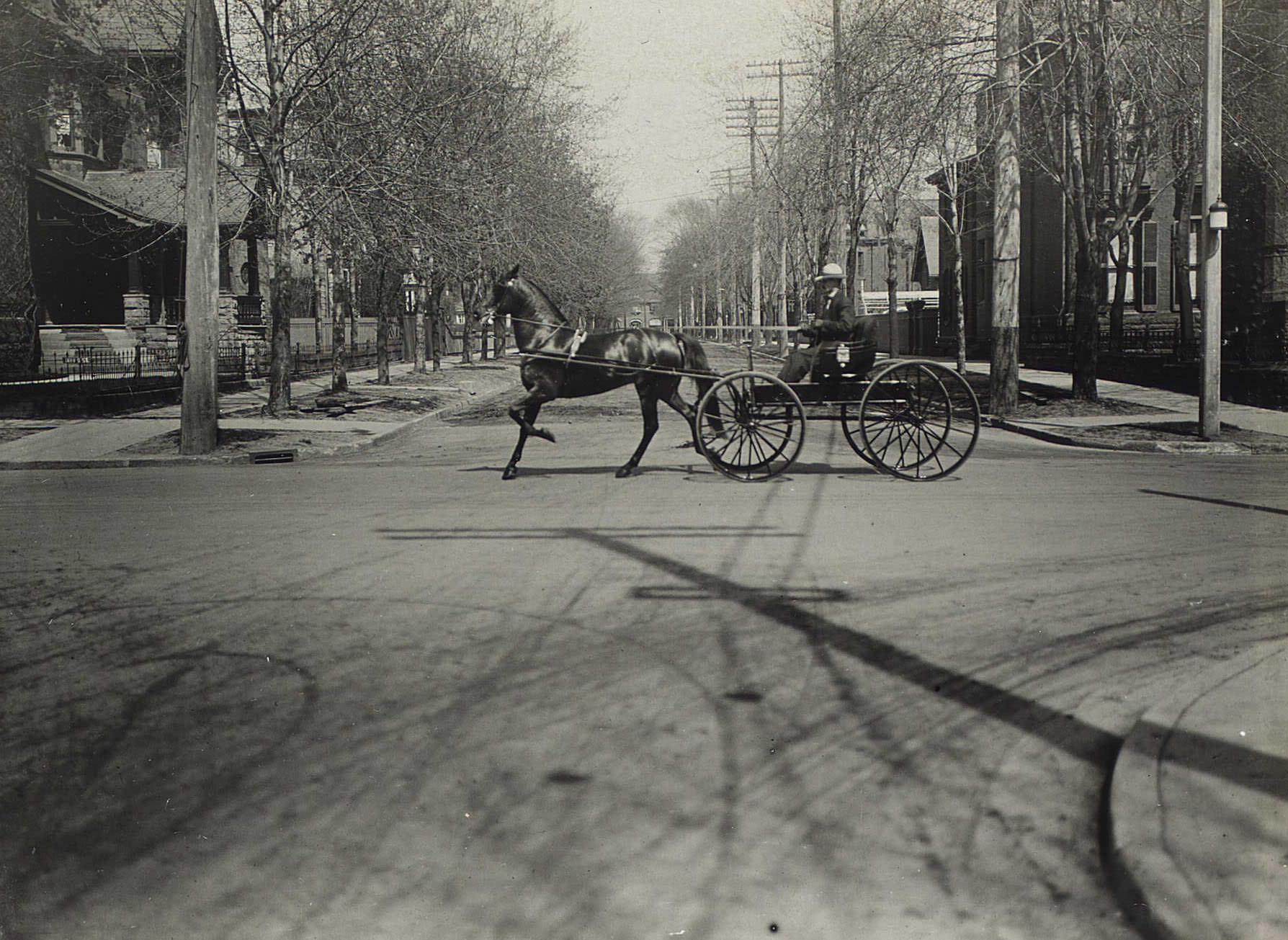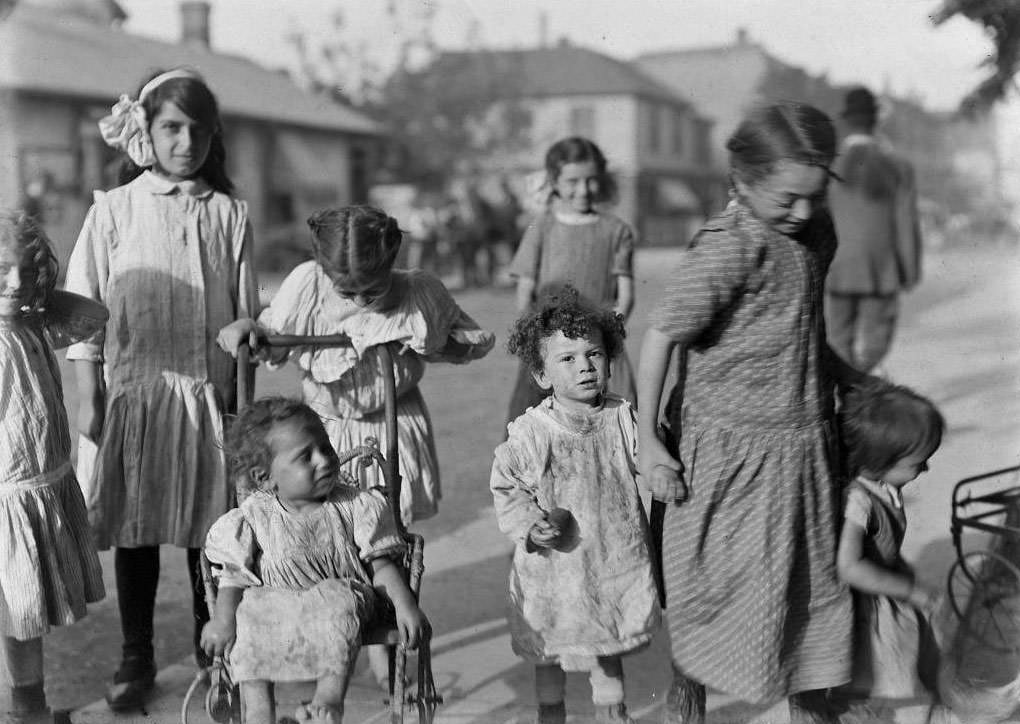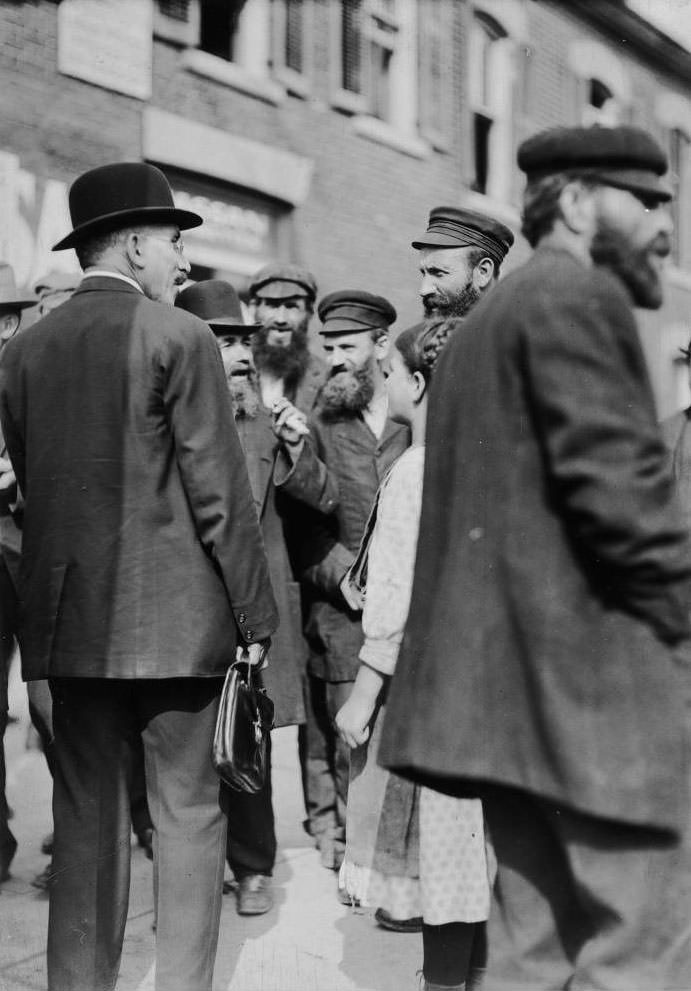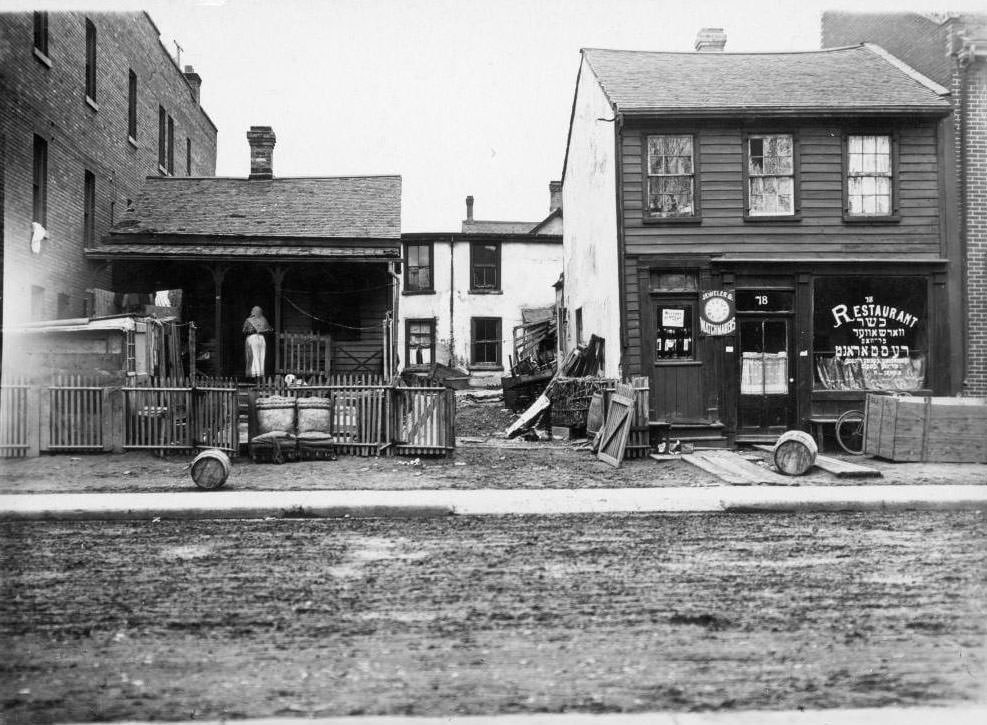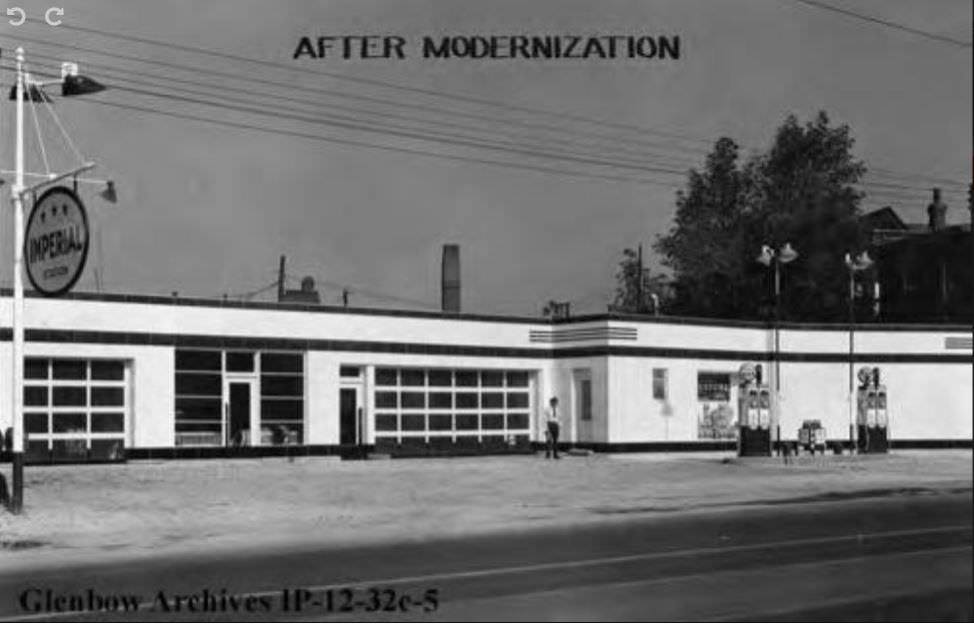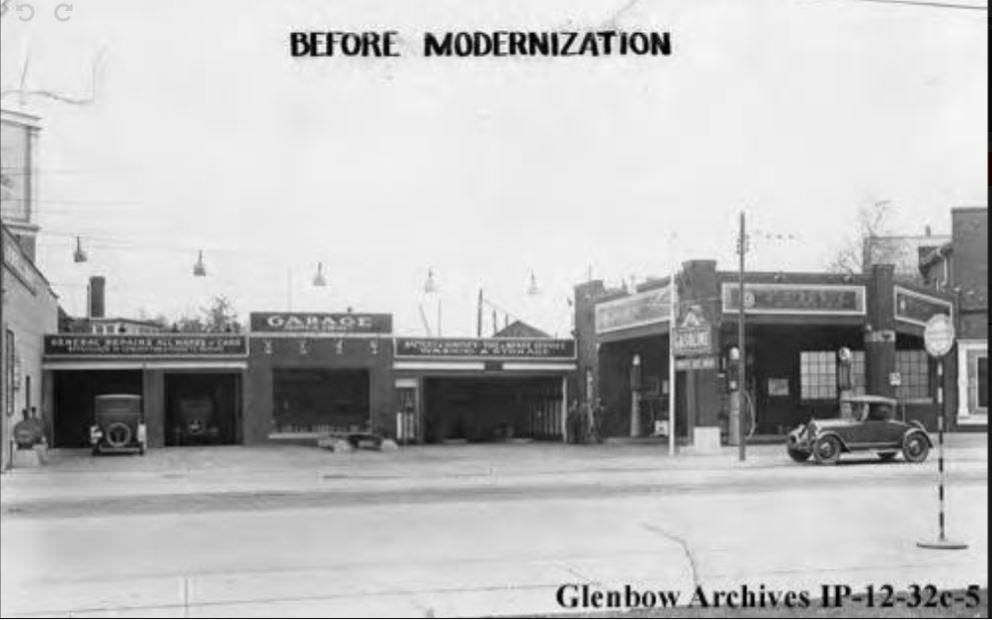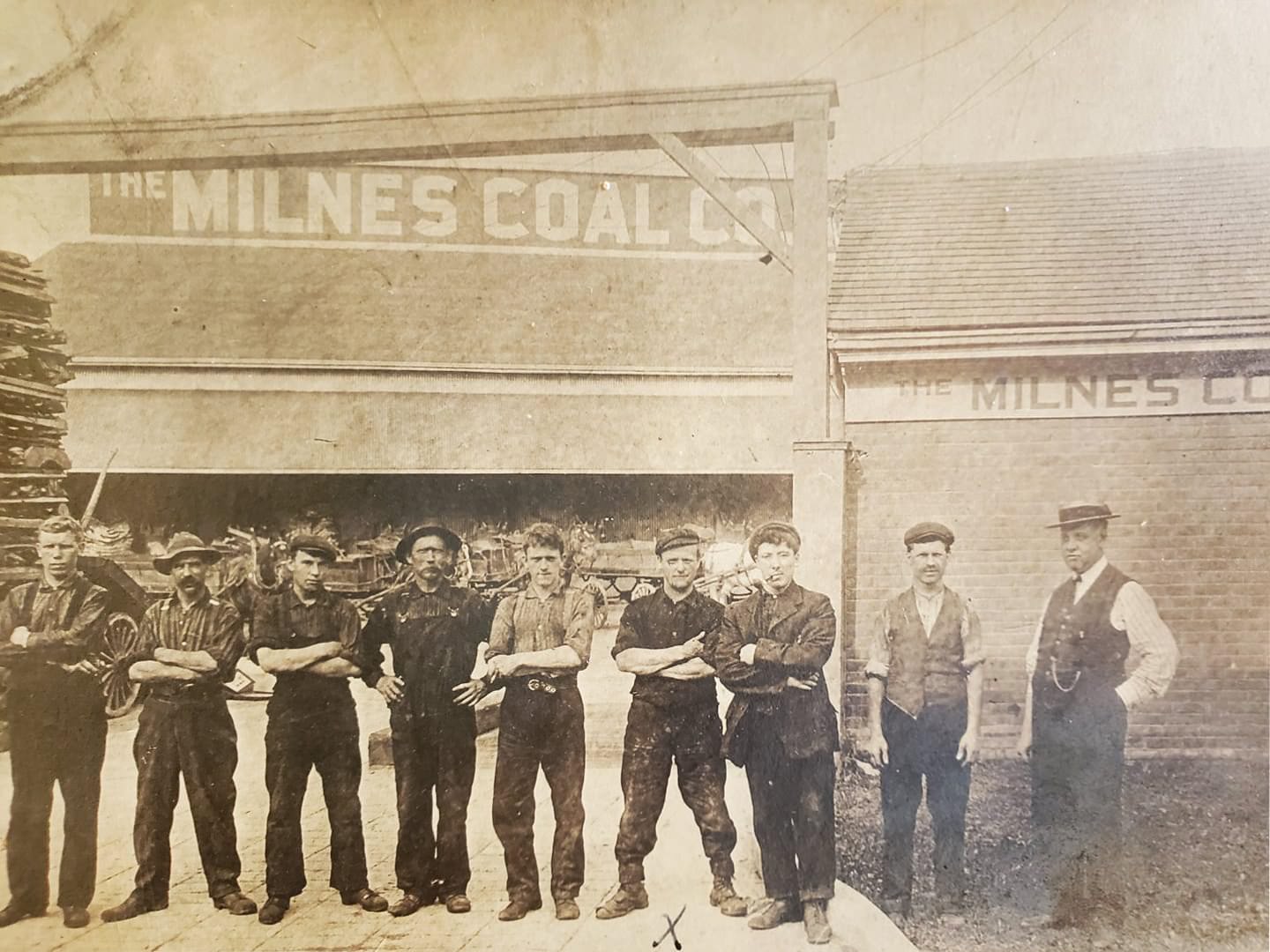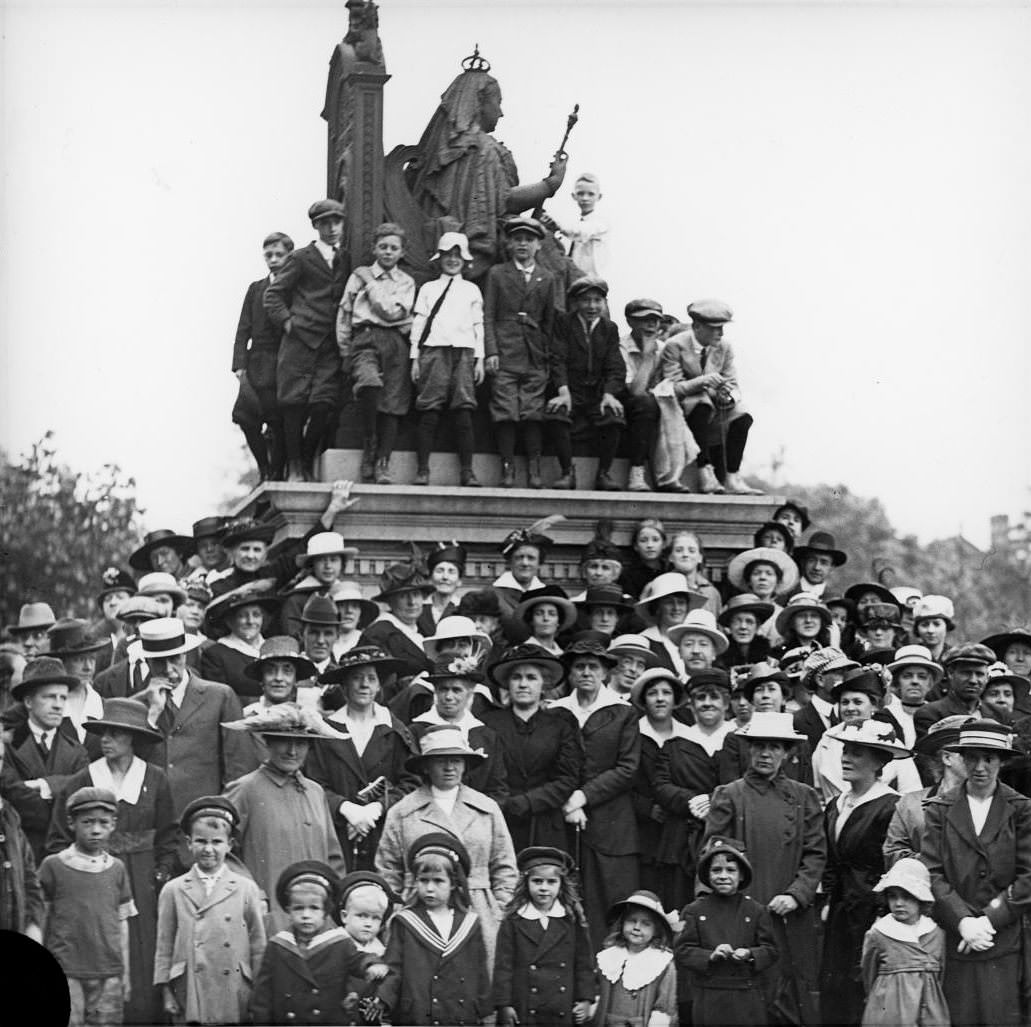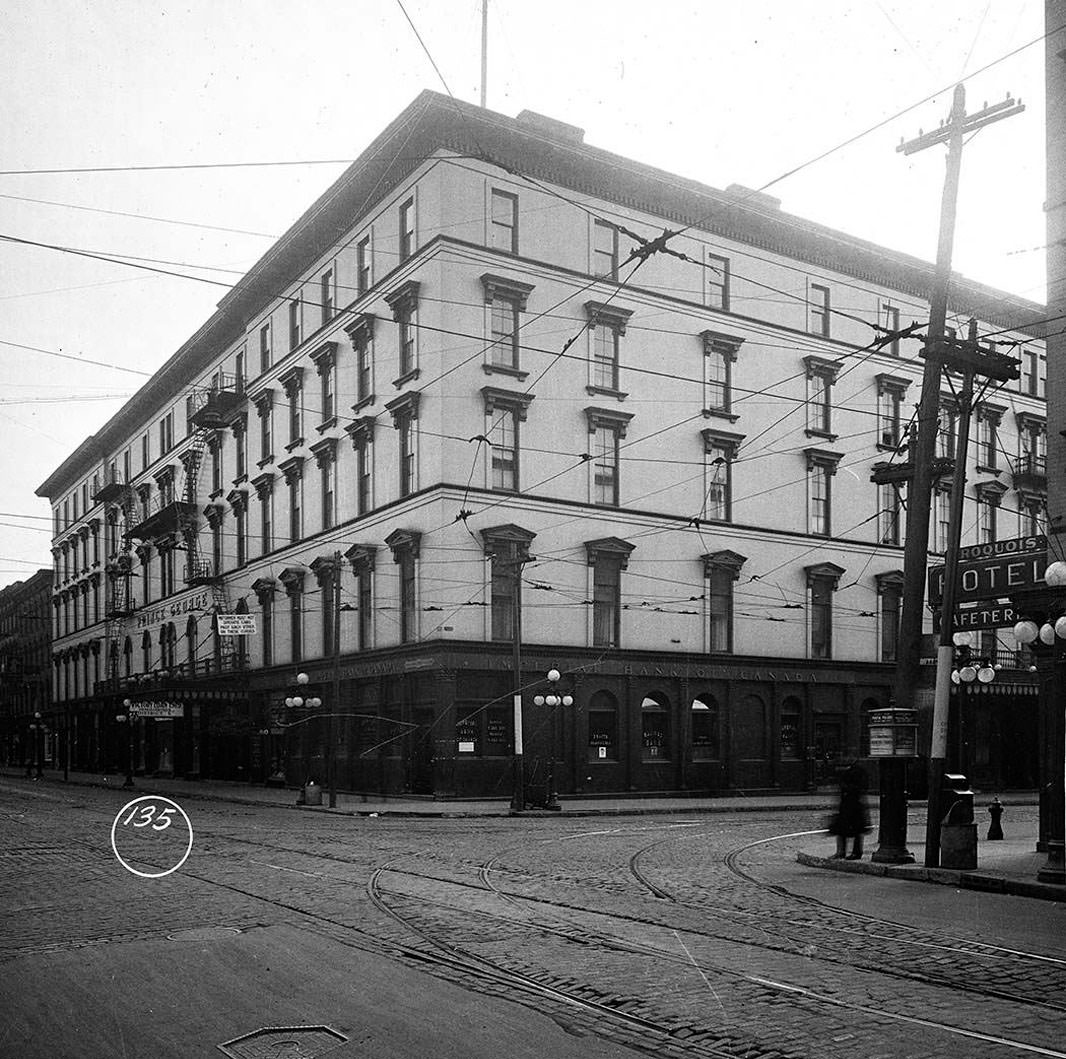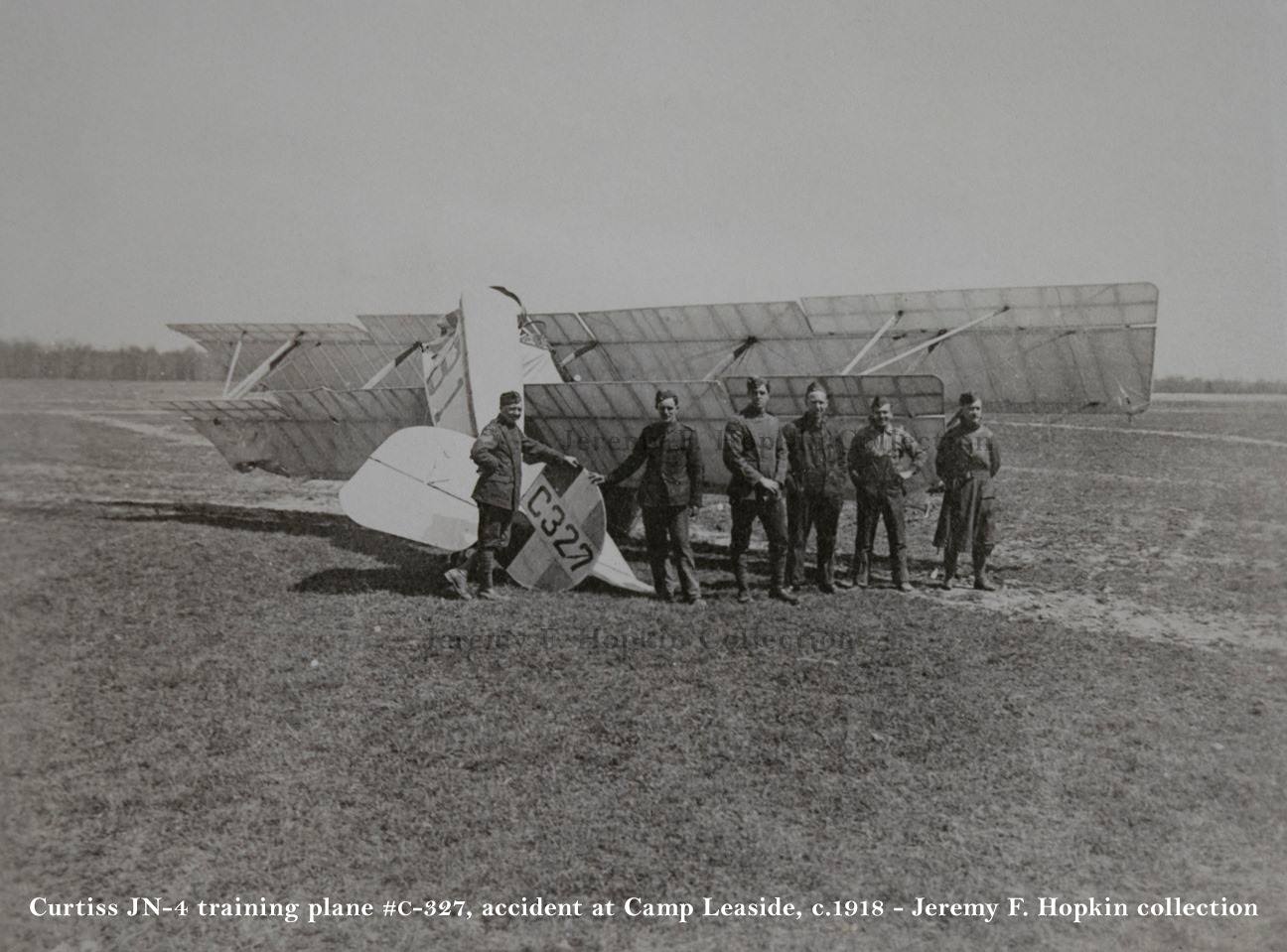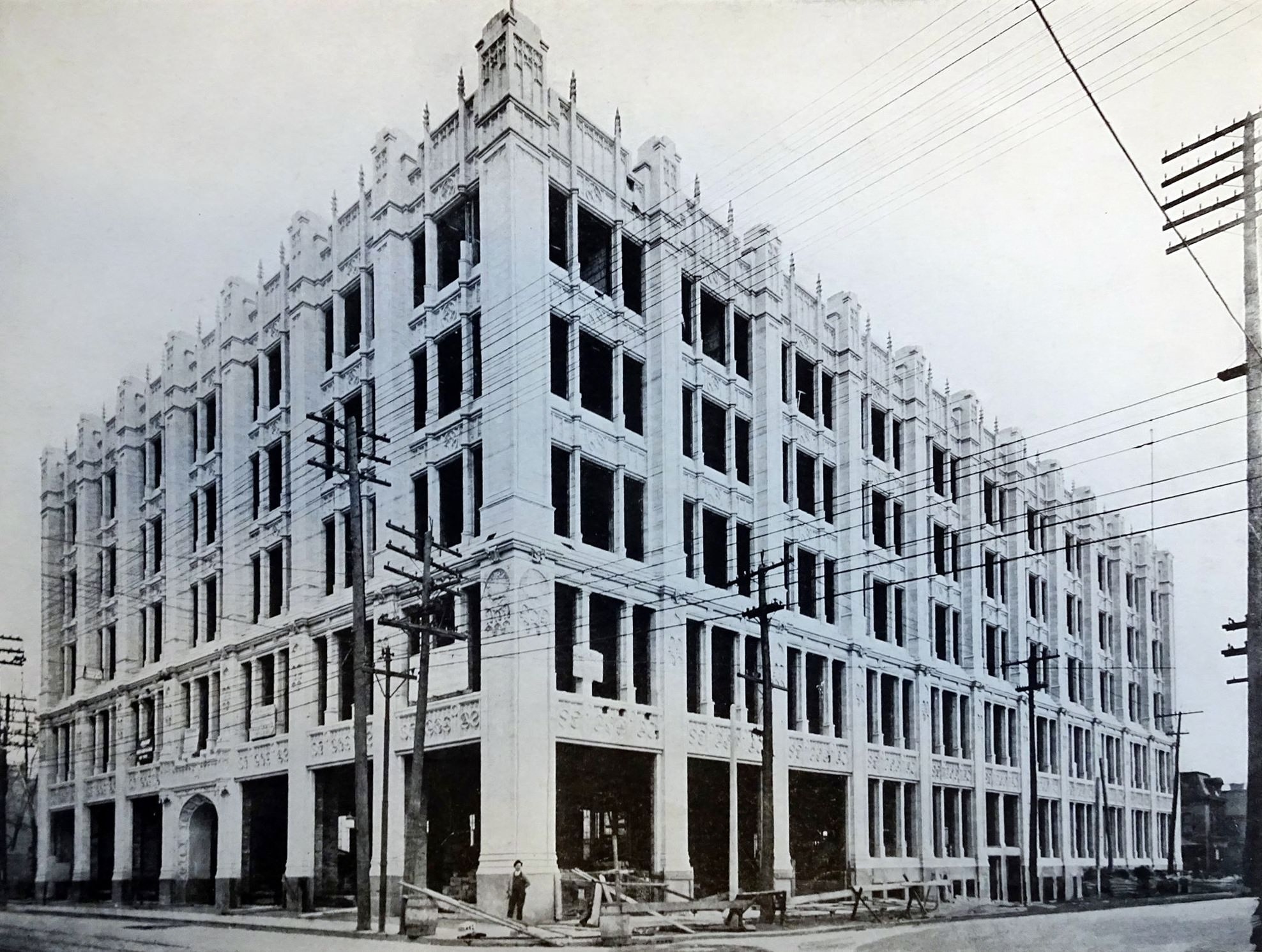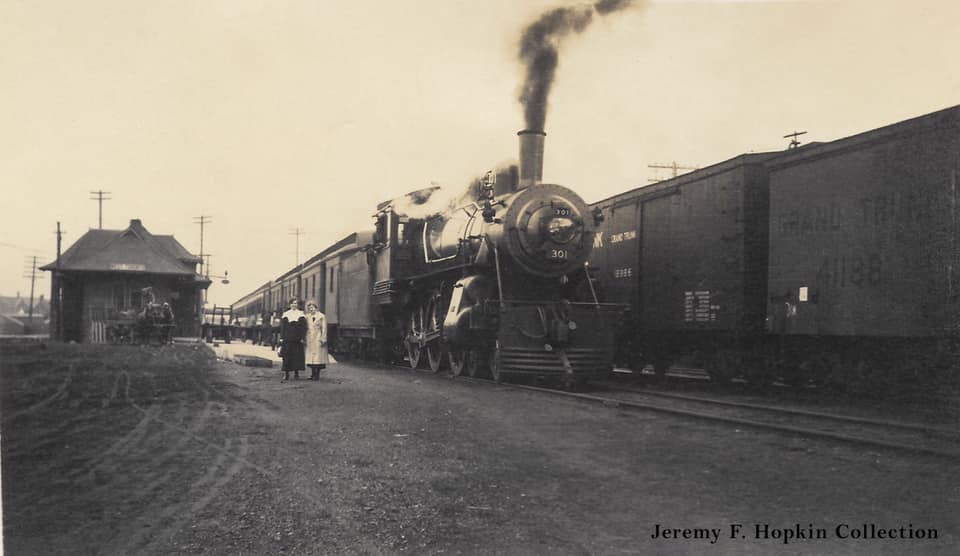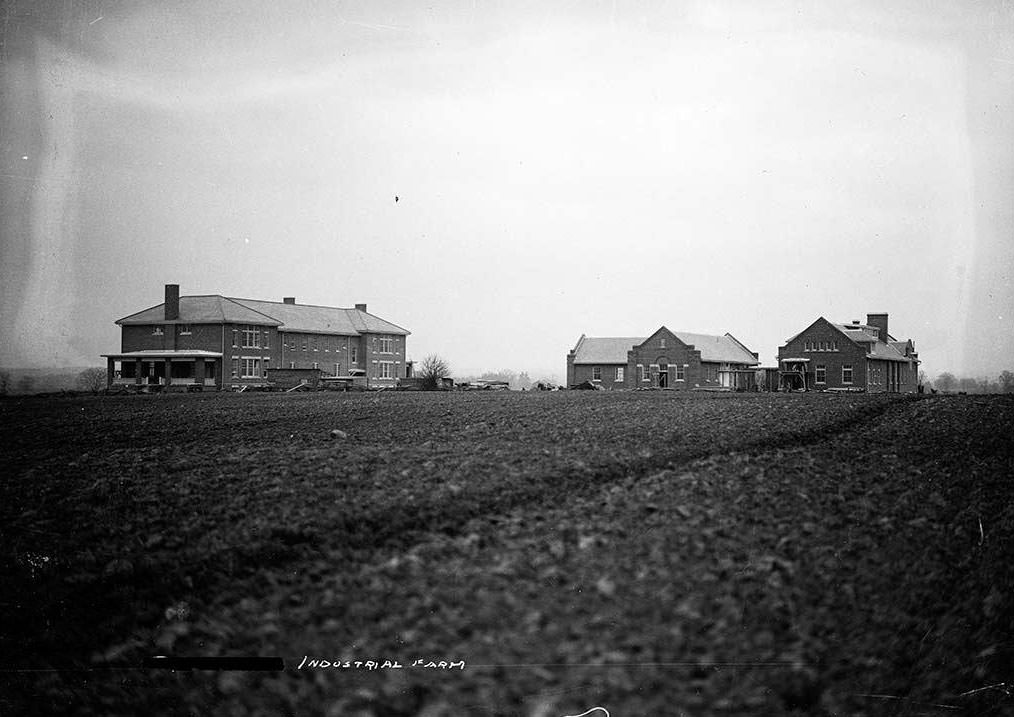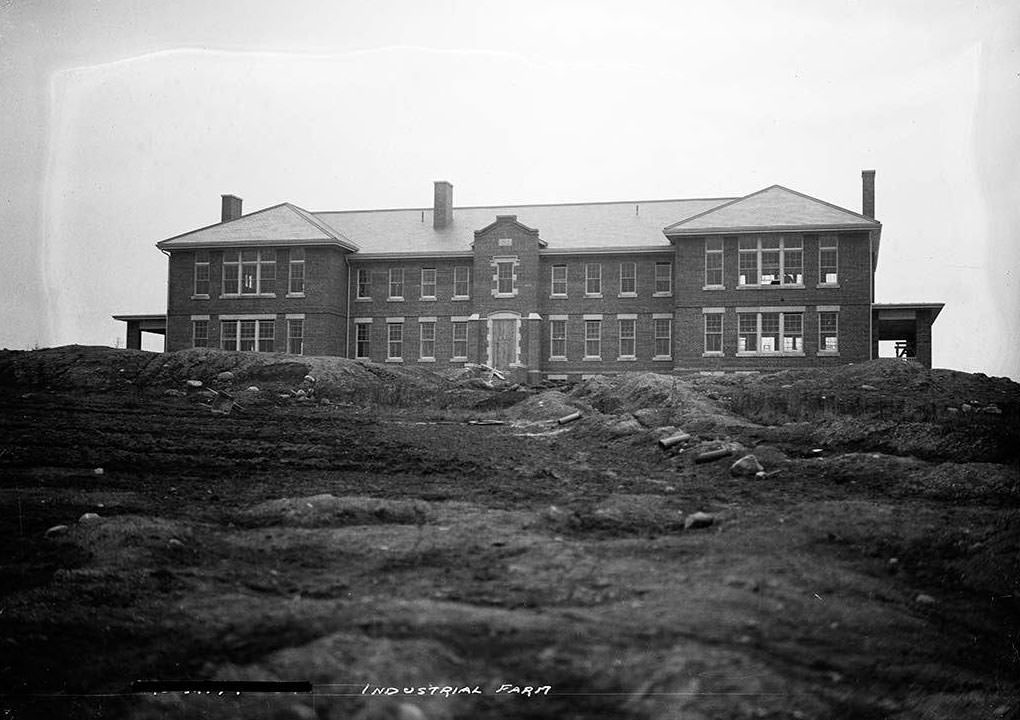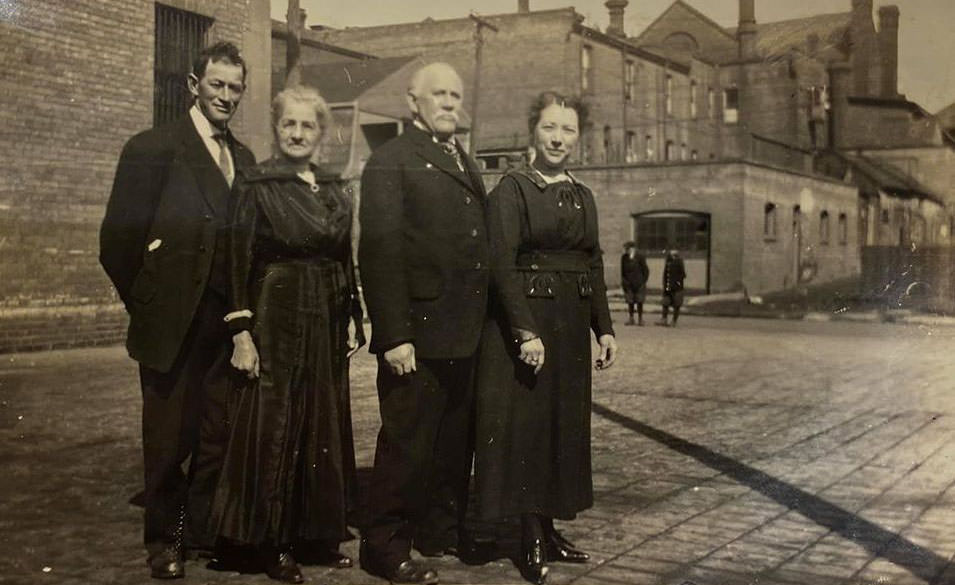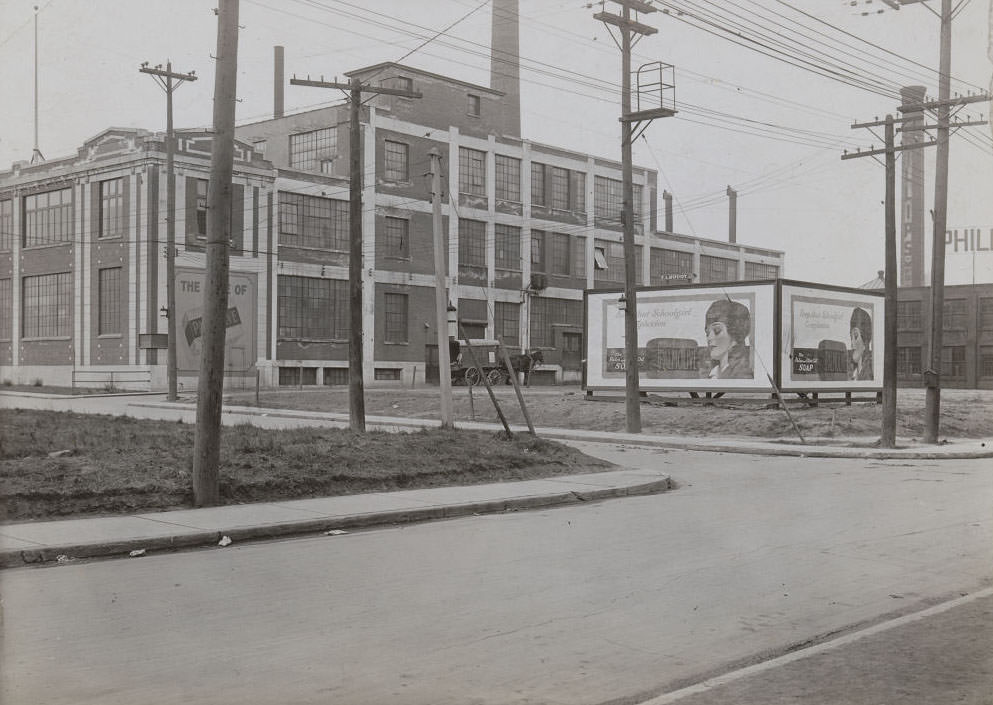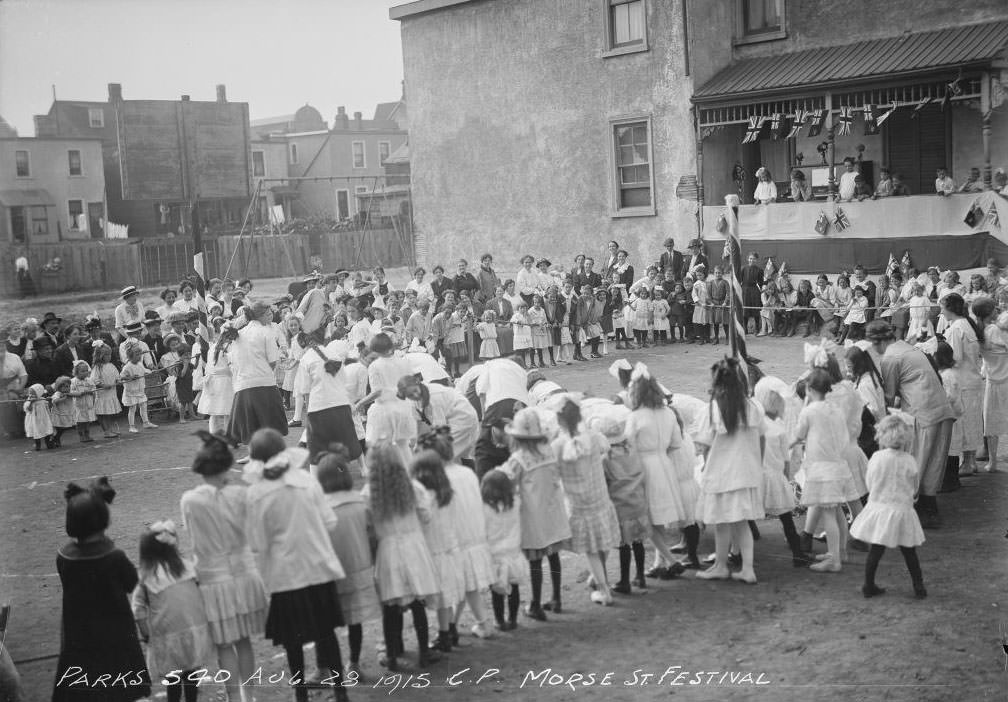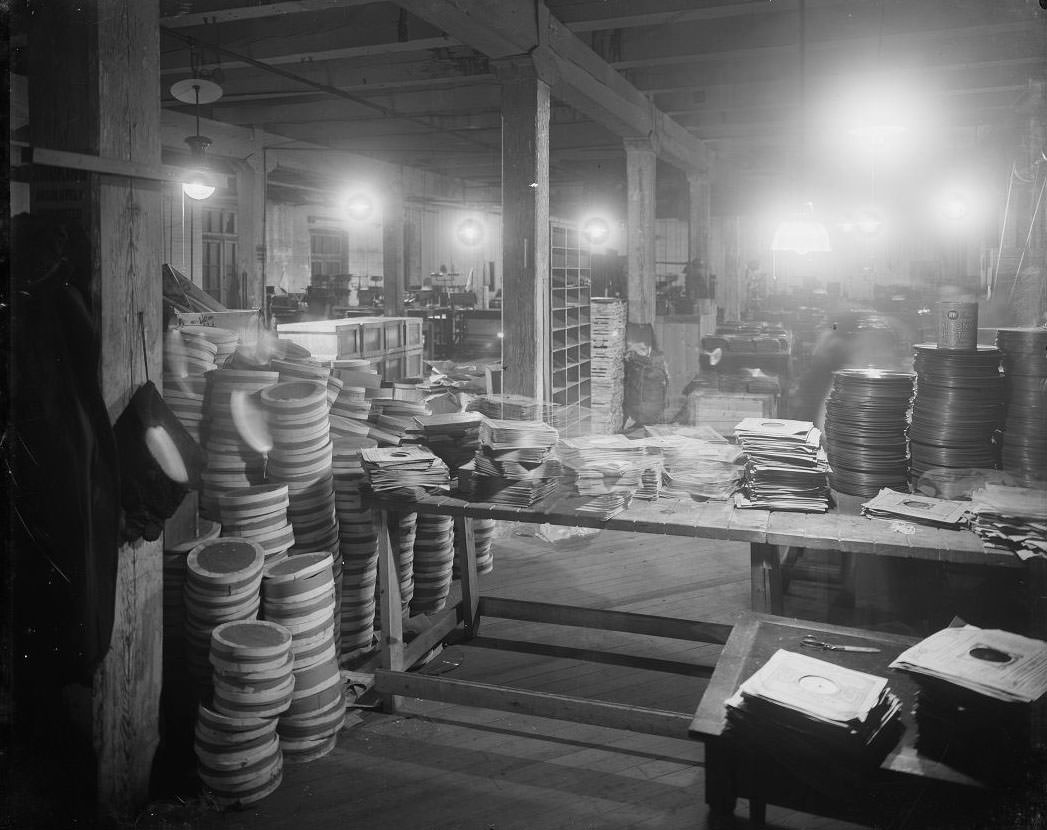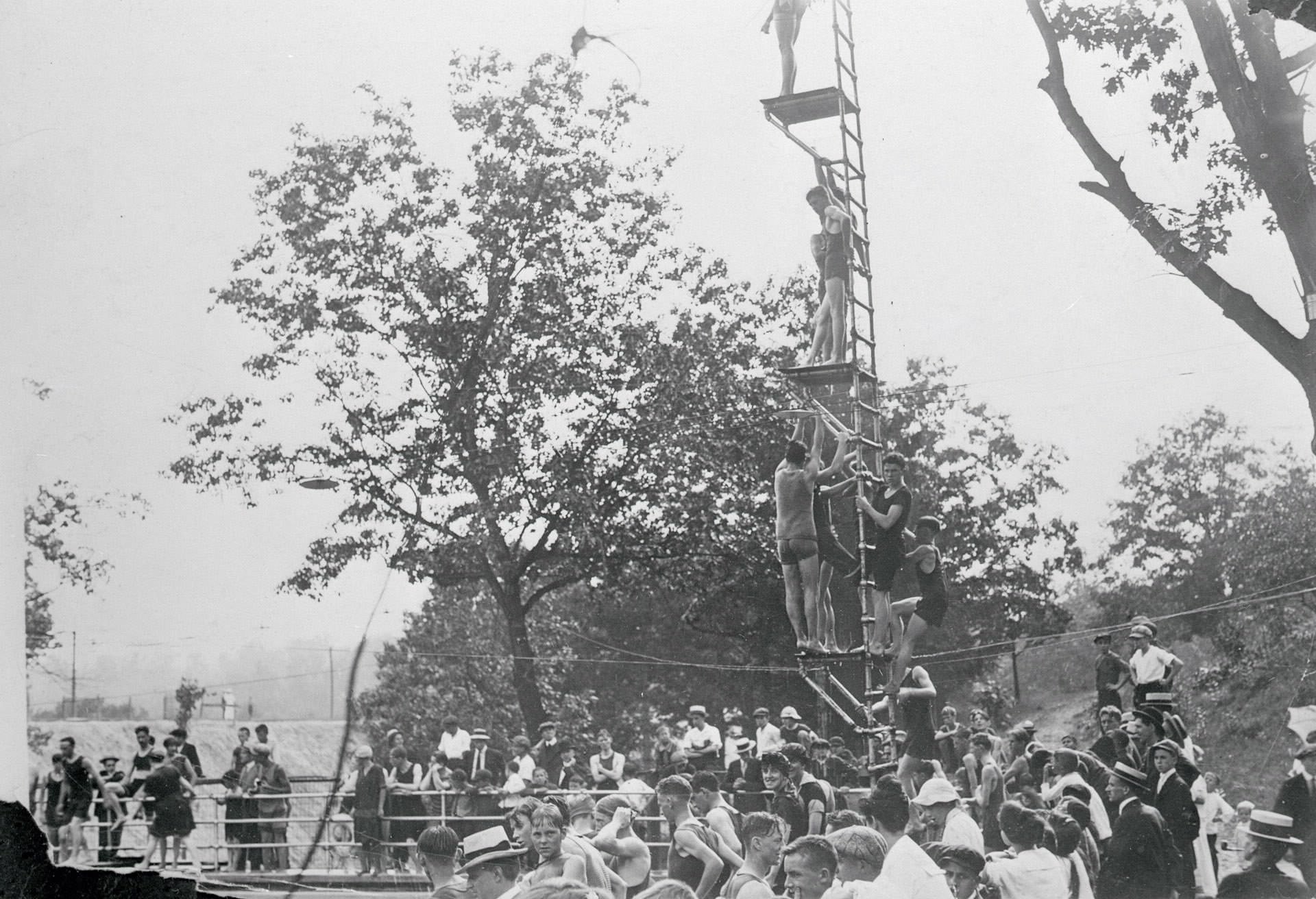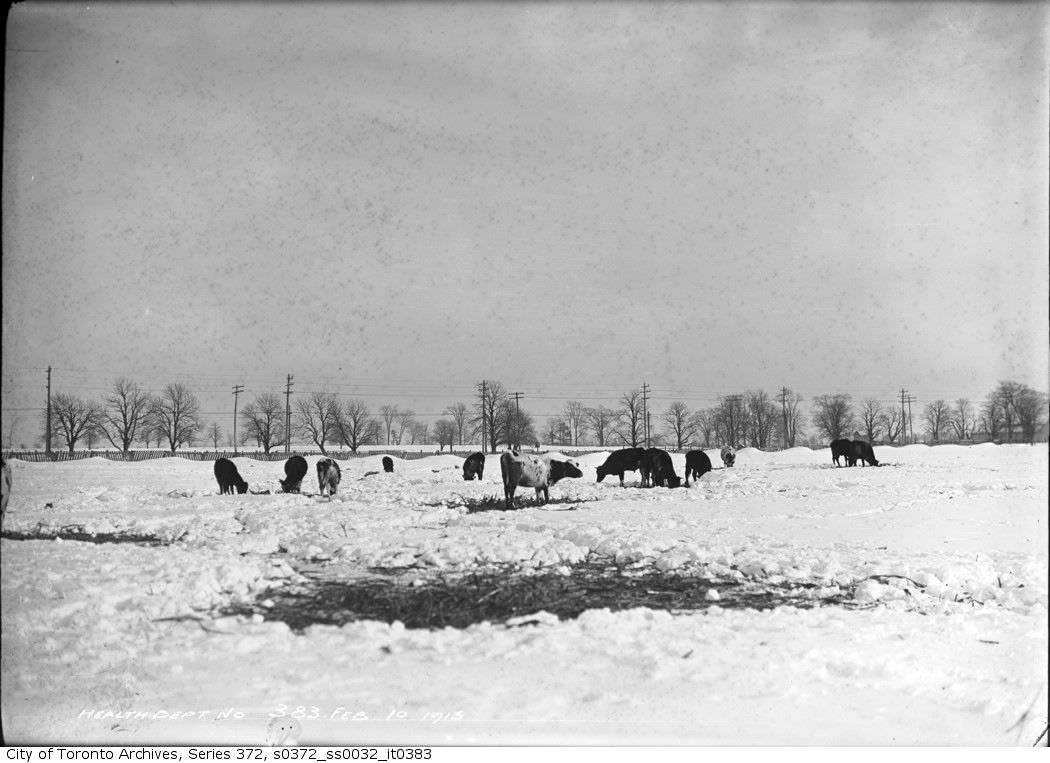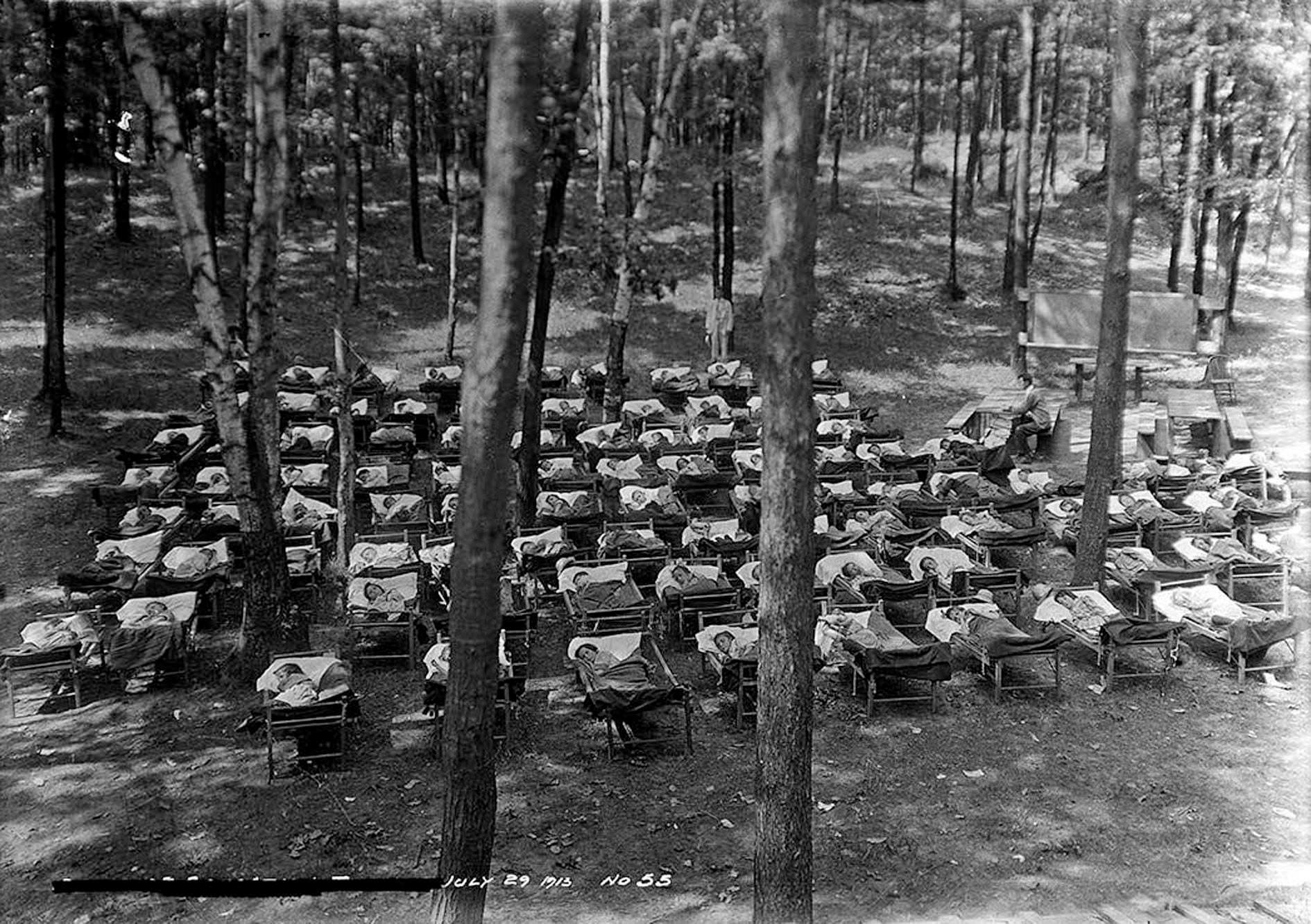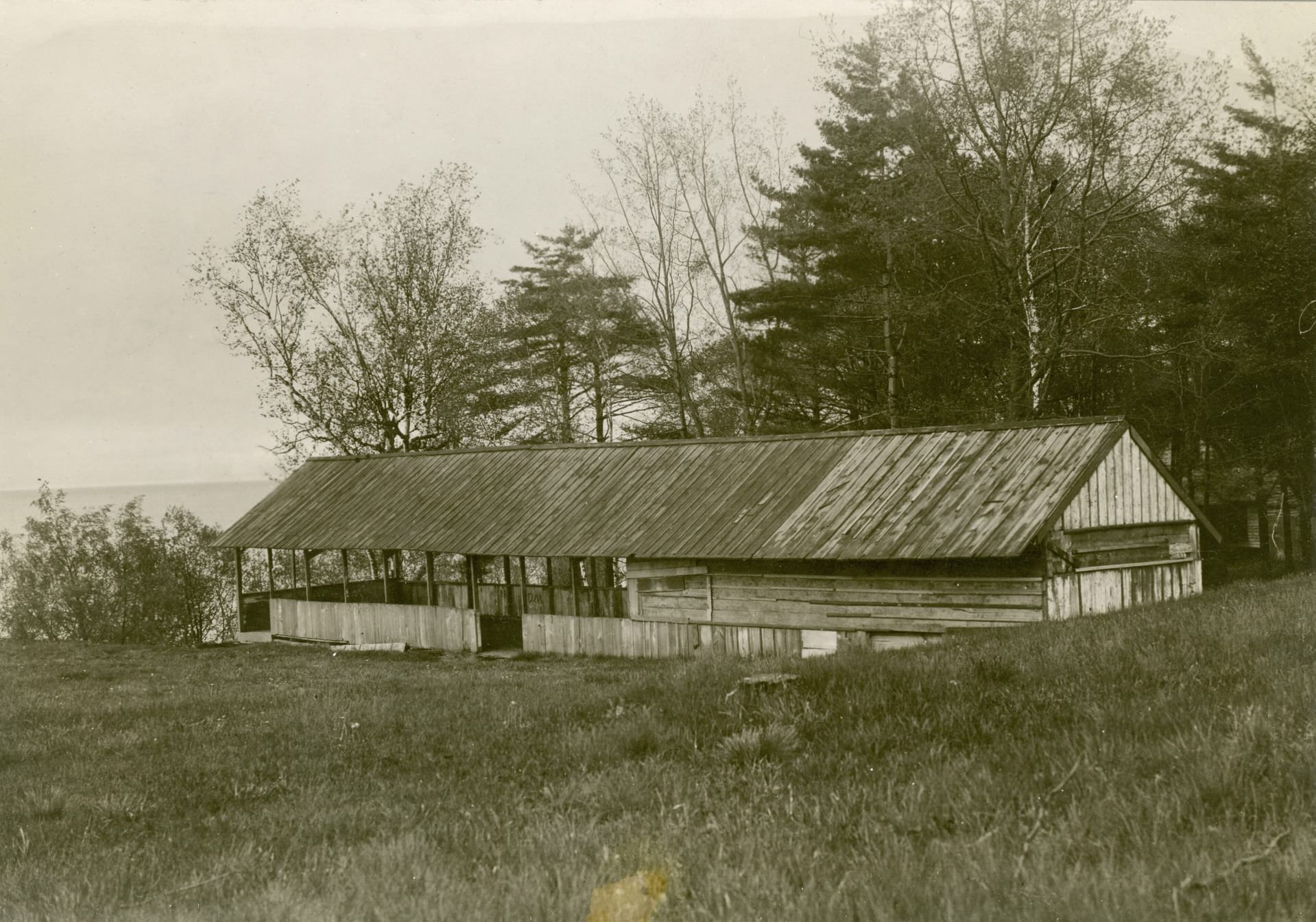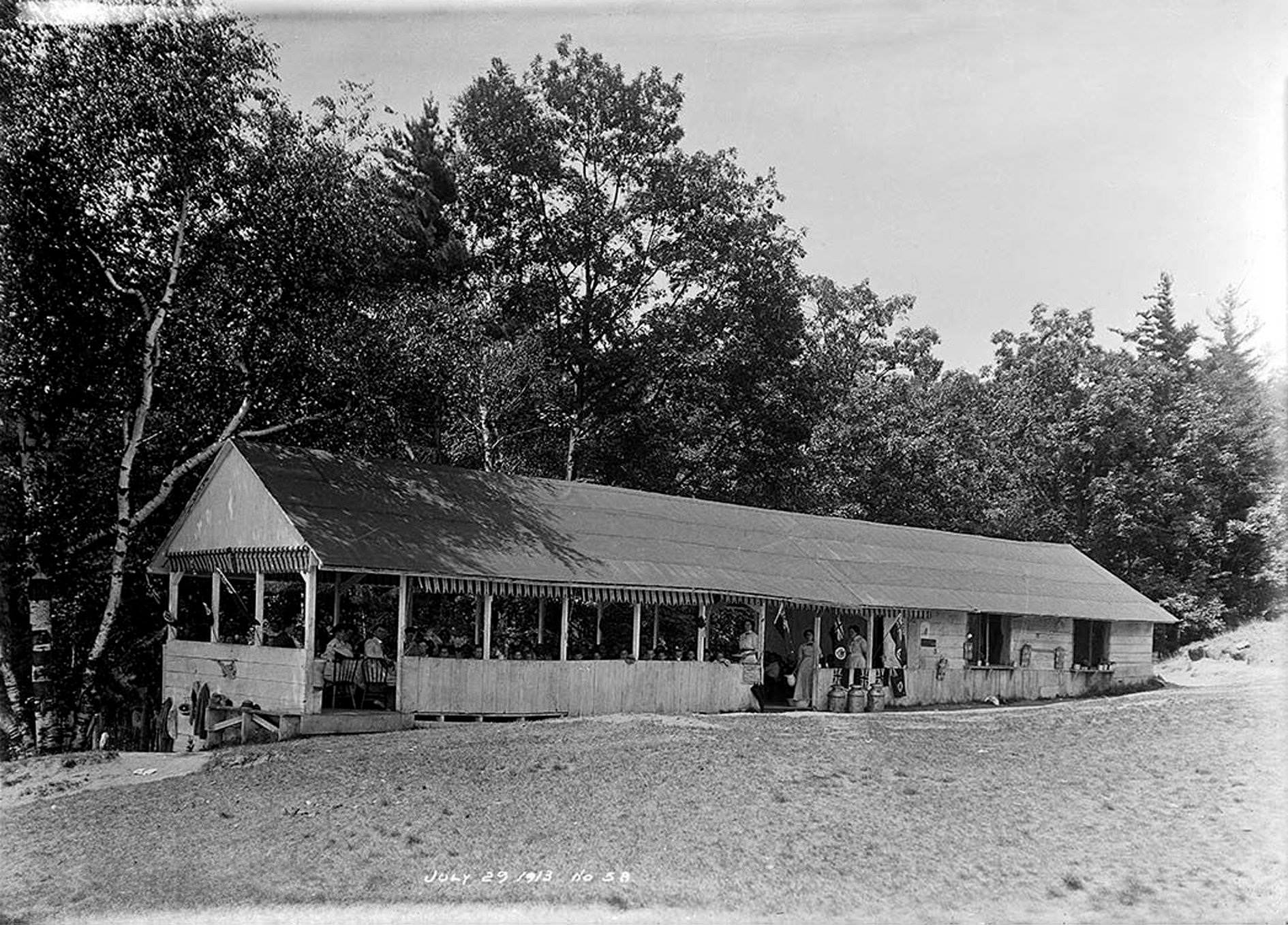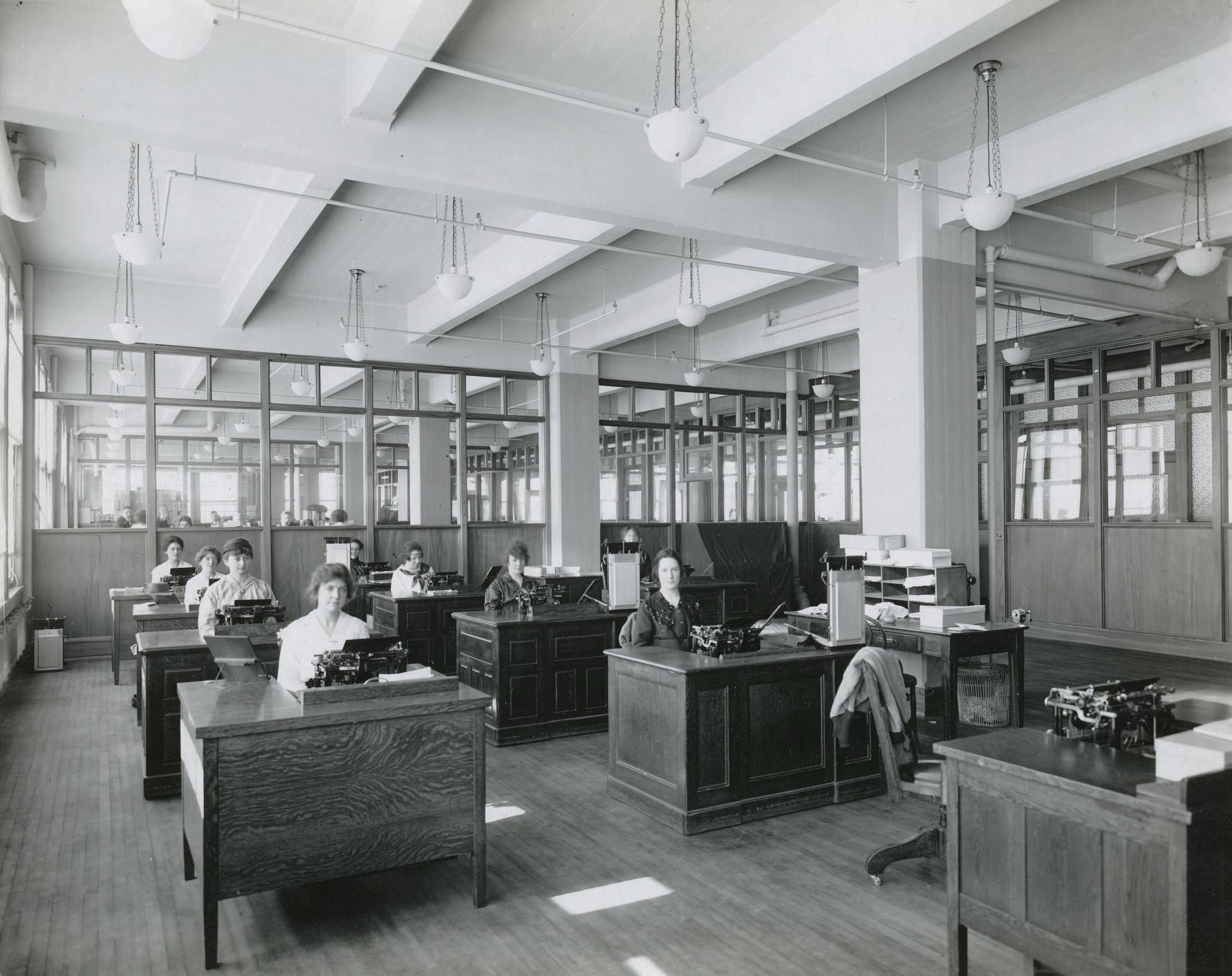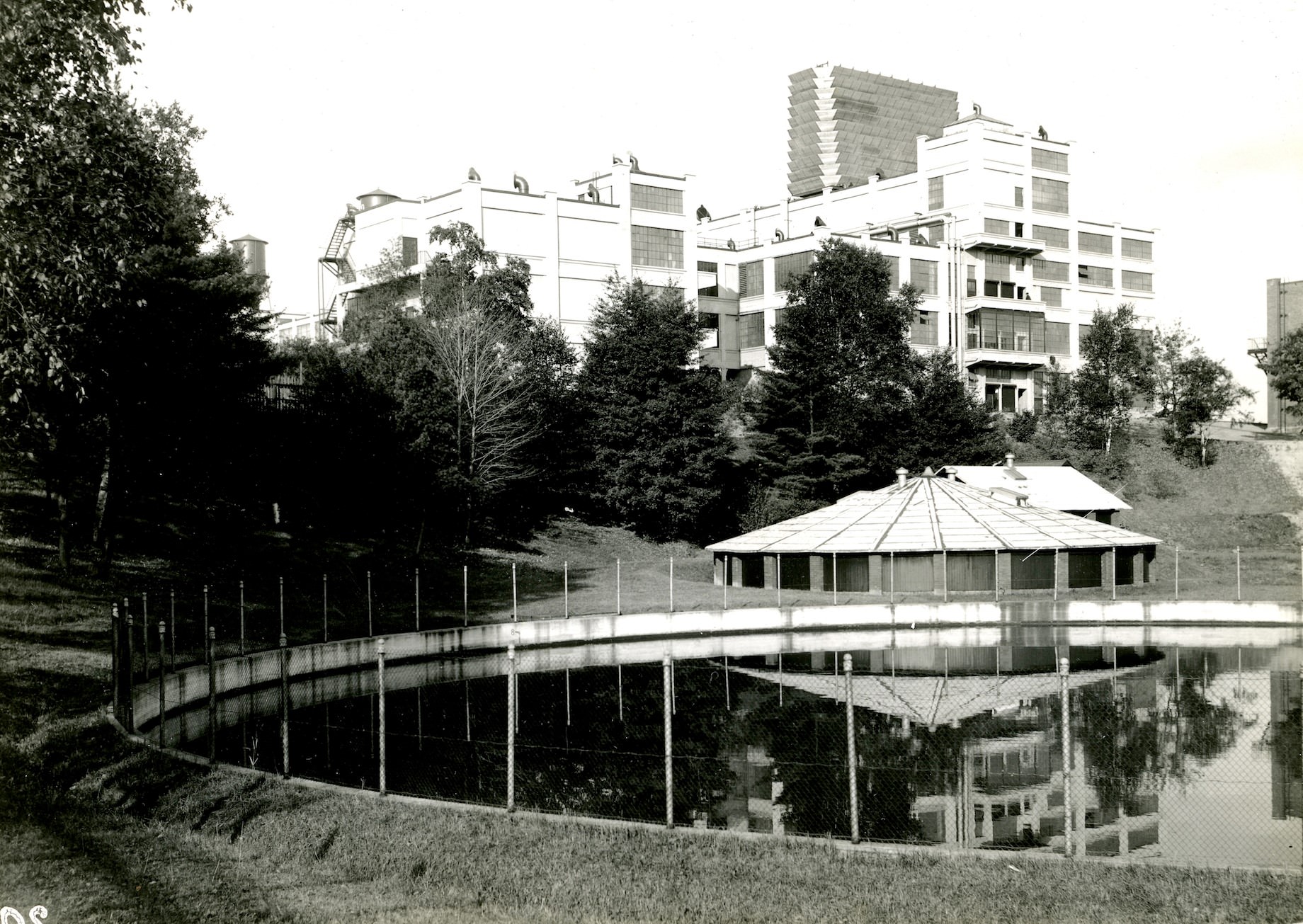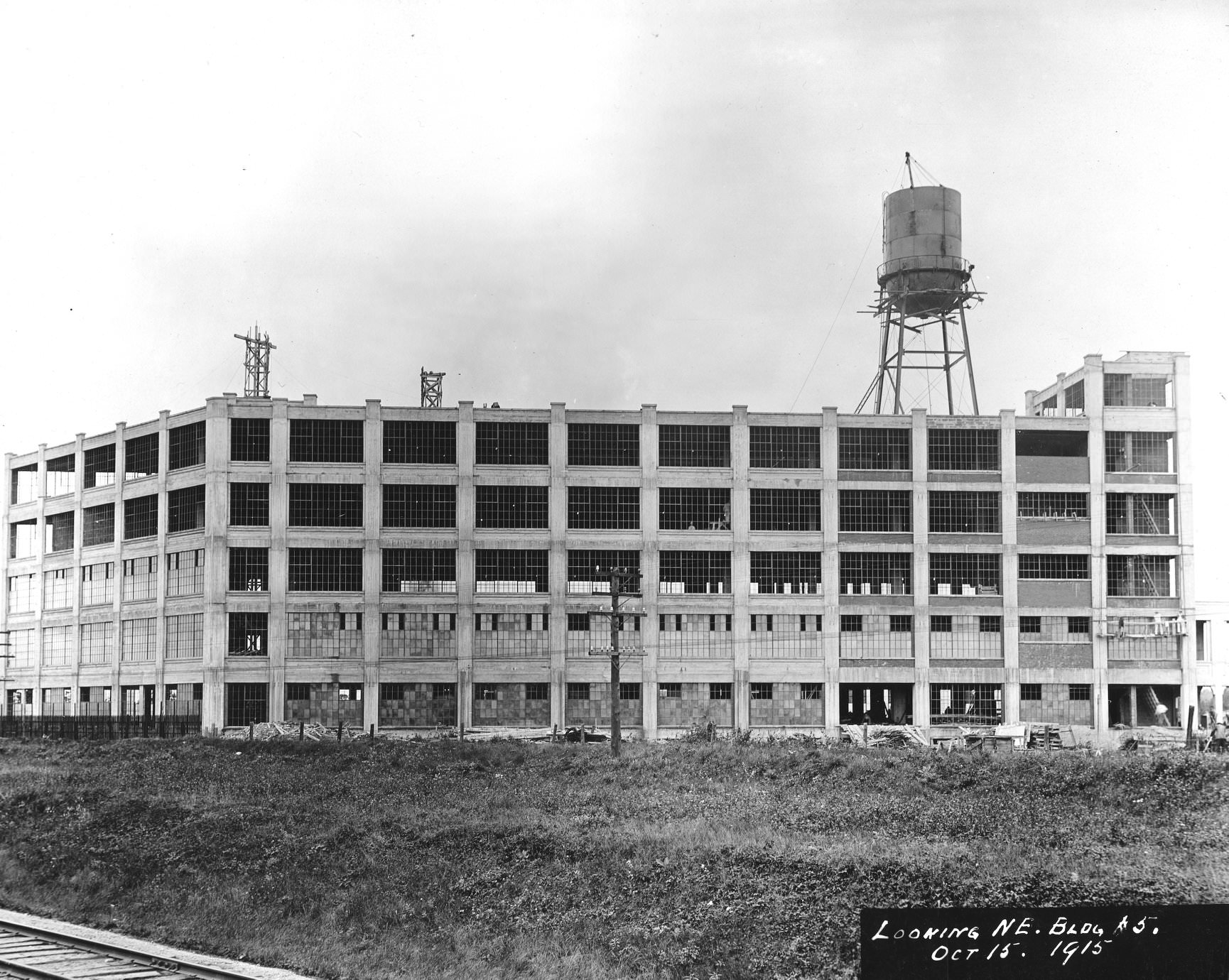Toronto in the 1910s was a city undergoing major changes. It was a time of growth, challenges, and significant social and economic shifts. With a rapidly increasing population, new technologies, and the impact of World War I, the decade was marked by both progress and hardship. The 1910s shaped the future of Toronto, setting the stage for what the city would become in the following decades.
Rapid Urban Growth
The population of Toronto was booming in the 1910s. In 1911, the city’s population was around 375,000 people. By the end of the decade, this number had risen to over 500,000. This rapid growth was driven by both immigration and migration from rural parts of Canada. People were drawn to Toronto by the promise of jobs, better living conditions, and the chance to be part of a thriving urban environment.
With the influx of new residents, the city’s landscape began to change. Residential neighborhoods expanded, and new housing developments popped up quickly to accommodate the growing population. Many of these new homes were modest, reflecting the working-class families that were settling in the city. At the same time, wealthier citizens built grander homes in areas like Rosedale and Forest Hill..
Read more
As Toronto expanded, infrastructure improvements became necessary. New roads, streetcar lines, and bridges were constructed to connect the city’s growing neighborhoods. The streetcar system was particularly important, allowing people to travel easily from their homes to workplaces and shops. By the end of the decade, Toronto had one of the most extensive streetcar networks in North America.
Industrial Growth and Labor Struggles
Toronto’s economy was heavily industrial in the 1910s. Factories and manufacturing plants were a common sight, particularly in areas like the Junction and the Don Valley. Industries like food processing, textiles, and machinery production were booming, providing employment to thousands of Torontonians.
However, working conditions in these factories were often harsh. Long hours, low wages, and unsafe environments were the norm. Labor laws were not as strict as they are today, and many workers, including women and children, faced exploitation. This led to a rise in labor movements and strikes as workers began to demand better conditions and pay. The Toronto Street Railway Strike of 1912, for instance, was a significant event where streetcar workers went on strike for better wages and working conditions, disrupting the entire city.
Labor unrest was not limited to transportation workers. Throughout the decade, other industries also saw strikes and protests. Workers were becoming more organized, and unions began to play a larger role in advocating for workers’ rights. These struggles highlighted the tension between the city’s growing industrial power and the need for fair treatment of its workers.
The Impact of World War I
World War I had a profound effect on Toronto in the 1910s. When the war began in 1914, Canada, as part of the British Empire, was automatically involved. Thousands of young men from Toronto enlisted to fight overseas, leaving behind jobs, families, and communities. The war effort also created new economic opportunities. Factories in Toronto switched from producing consumer goods to manufacturing war materials, such as uniforms, munitions, and equipment. This shift provided jobs, but it also placed additional pressure on those left behind to keep the city running.
The war also brought about social changes. Women began to enter the workforce in larger numbers, taking on roles traditionally held by men who were now fighting overseas. This shift not only helped keep the economy afloat but also marked a significant step towards gender equality in the workplace. The contributions of women during the war helped to change public perceptions about their capabilities and rights, setting the stage for future advancements in women’s rights.
However, the war also brought hardship. Food shortages, inflation, and the emotional toll of losing loved ones affected many families. Public spaces, such as parks and squares, were often used for patriotic gatherings and recruitment drives, but they also became places where people shared their anxieties and losses. Toronto, like much of Canada, was gripped by the mixed emotions of patriotism, sacrifice, and fear.
Social Changes and Prohibition
The 1910s were a period of significant social change in Toronto. One of the most notable changes was the introduction of Prohibition. Alcohol consumption was seen by many as a social ill that contributed to poverty, crime, and domestic abuse. In response to growing pressure from temperance movements, Ontario introduced Prohibition in 1916, banning the sale of alcoholic beverages.
Prohibition had mixed results. While it did reduce public drunkenness and the visibility of alcohol in daily life, it also led to the rise of illegal bars known as “speakeasies” and bootlegging operations. Organized crime began to take hold in the city as criminals capitalized on the demand for illegal alcohol. The black market thrived, and law enforcement struggled to keep up with the growing underground trade.
The suffrage movement gained momentum, and in 1917, some women in Ontario were granted the right to vote in provincial elections, although it would take until 1918 for all Canadian women to gain the right to vote in federal elections. This was a major victory for women’s rights advocates and a sign of the shifting attitudes towards gender equality.
Transportation and Technology Advancements
Technological advancements were changing how people lived and moved around Toronto. The streetcar system, already extensive, continued to expand, making public transportation more accessible. This allowed the city to grow beyond its traditional boundaries, as new residential areas could now be connected to downtown.
The automobile was also becoming more popular, although it was still a luxury that most working-class families could not afford. Roads were being paved, and traffic signs and signals started to appear as the city adapted to this new mode of transportation. The rise of cars also led to the development of the first parking lots and garages in the city.
Communication technology was advancing as well. Telephones became more common in both businesses and private homes, changing the way people interacted. News was quickly spread through newspapers, which were widely read, and radio technology was beginning to make its mark, though it would not become a household staple until the 1920s.
The Spanish Flu Pandemic
The decade ended on a grim note with the outbreak of the Spanish Flu in 1918. This global pandemic reached Toronto and had a devastating impact. Hospitals were overwhelmed, and public health measures like quarantines and mask mandates were put in place to try to control the spread of the virus. The pandemic caused widespread fear and significantly affected daily life.
Public gatherings were restricted, schools and theaters were closed, and businesses suffered as people stayed home to avoid infection. The death toll in Toronto was significant, with thousands of lives lost. The pandemic stretched the city’s public health system to its limits, exposing the need for better healthcare infrastructure and response plans for future crises.
Cultural Life and Entertainment
Despite the challenges, cultural life in Toronto continued to thrive in the 1910s. The city’s entertainment scene was diverse, offering everything from theaters and music halls to parks and sporting events. Vaudeville shows were particularly popular, providing a mix of comedy, music, and theatrical performances that appealed to a wide audience.
Movie theaters, known as nickelodeons because of their five-cent admission price, were also gaining popularity. They provided an affordable form of entertainment and a way for people to escape the everyday stresses of life, even if only for a short time. The silent films of the era captivated audiences, and the movie-going culture started to take root in Toronto.
Sports were another key aspect of life in the city. Hockey was hugely popular, and Toronto’s team, which would eventually become the Maple Leafs, was a major draw for fans. Baseball, boxing, and other sports also had strong followings, and sporting events were a way for the community to come together and find common ground in an otherwise rapidly changing city.
Architecture and Urban Development
Architecturally, Toronto in the 1910s was a mix of old and new. The city’s skyline was still dominated by churches, banks, and a few early skyscrapers. Buildings were typically made of brick and stone, reflecting the city’s Victorian heritage. However, new architectural styles were beginning to emerge, and some buildings from this period showcased the early influences of Art Deco and other modern styles.
The construction of new public buildings, such as libraries, schools, and hospitals, reflected the city’s commitment to improving public services. These structures were designed not just for function but also to symbolize the city’s aspirations and growth. The introduction of more parks and public spaces also aimed to improve the quality of life for residents, offering green spaces in the midst of an increasingly urban environment.
#1 Construction begins on New Union Station, 1910s
#2 Bloor Viaduct complete, 1910s
#3 Danforth looking east from Pape, 1910s
#4 April 9 is Vimy Ridge Day. Six months after that battle, in October 1917, this photograph captured recuperating veterans gathered on the southwest corner of Yonge and College Street, referred to as Shrapnel Corners.
#5 Ted Dodd an employee of the Toronto Electric Light Company, 1918.
#6 Sleeping in doorway on a hot summer night, The Ward, 1910.
#7 Pro hockey at Christie Pits, 1910s
#8 Street railway strike meeting, Massey Hall, 1919.
#9 King Street West, looking east from west of York Street, 1914.
#10 Looking northwest from Queen and Bay streets, 1910.
#11 Workers in horse-drawn buggies excavate building 7 of Kodak Heights, Mount Dennis, Toronto. (Eglinton Ave. W. & Weston Rd.), July 27, 1914
#12 Arrival of immigrants at (old) Union Station, 1910s
#13 Meyer’s Hotel, 1910s
#14 Queen and Terauley streets, 1910s
#15 Queen Street Viaduct under construction, 1910s
#16 Soldiers leaving from Union Station, 1910s
#17 Union Station construction, 1910s
#18 The Royal Canadian Dragoons Escort the Prince of Wales as he visits Toronto, Fall 1919.
#19 Bay and Albert streets, view looking southeast, 1918.
#20 Slum house, ‘The Ward’, 1911.
#21 Furniture warehouse, ‘The Ward’, 1910.
#22 Stonecutters commemorative photo of those involved in creating the intricate carvings on the north wing of the Ontario Legislative Building in Queens Park, Toronto, 1913
#23 Here is a view of the Old City Hall as it looked from the air in 1919.
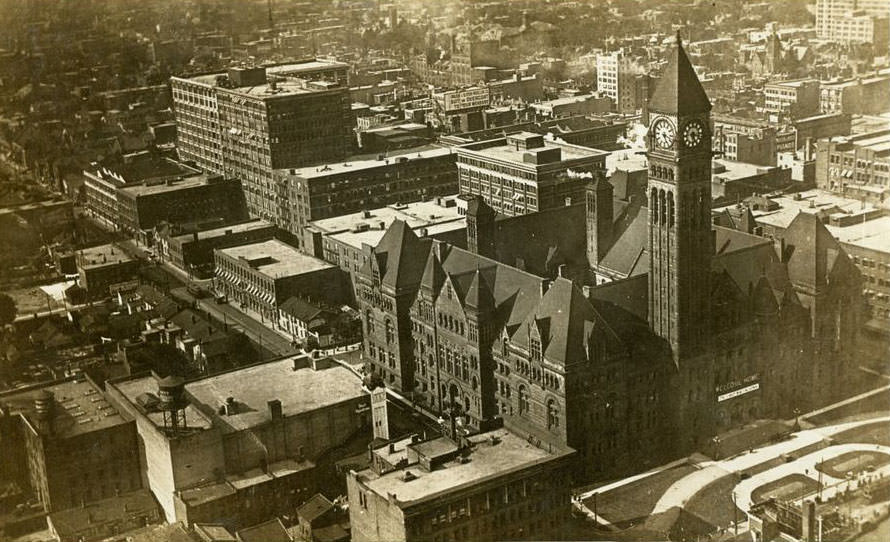
The image is of particular interest on Remembrance Day for two reasons. Firstly it is unusual to see the location without its familiar war memorial Secondly the aerial view was taken while the Old City Hall was decorated to welcome home the 75th Battalion who would have been on their way home to Mississauga.


